Want to learn Korean but not sure where to start? In 2025, there are plenty of apps that make learning the language easy, engaging, and accessible from anywhere. We’ve reviewed the best Korean learning apps – from gamified platforms to structured courses – to help you find the perfect option for your level and learning style.
Before we dive into the best apps to learn Korean and boost your language skills, let’s bring a taste of Korea to your kitchen. Cooking authentic dishes at home deepens your cultural connection, and ReciMe makes it a snap. This app lets you pull recipes from TikTok or Pinterest, plan your weekly meals, and create grocery lists sorted by aisle in seconds. Grab ReciMe now, cook with Korean flair, and then explore those language apps!

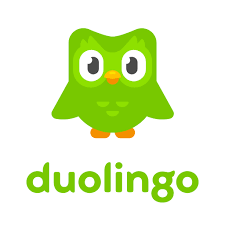
1. Duolingo
Duolingo is one of the most recognizable names in language learning, and for good reason. This free, gamified app turns Korean language acquisition into an engaging daily habit through short lessons, XP points, streak tracking, and playful reminders from their iconic owl mascot, Duo. It’s ideal for beginners who want to build vocabulary and basic sentence structure in a fun, interactive environment. The app’s bite-sized lessons are designed with a scientifically backed methodology that focuses on all four key skills: reading, writing, listening, and speaking.
What sets Duolingo apart is its wide accessibility and motivational features. Whether you’re on the go or relaxing at home, you can keep up your practice with minimal effort. While it may not offer deep grammar explanations, it’s a great starting point and perfect for maintaining consistency through habit-forming mechanisms.
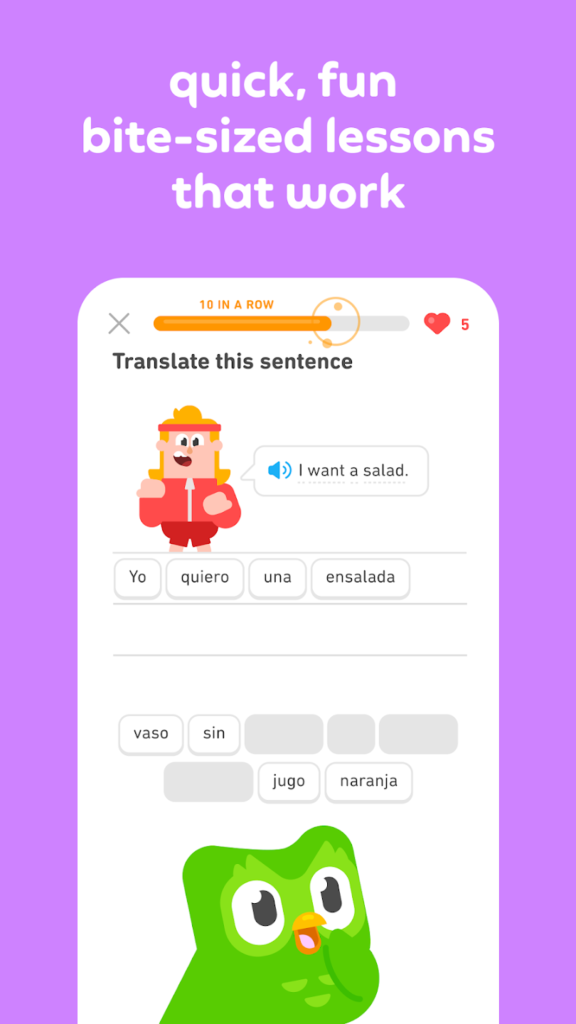
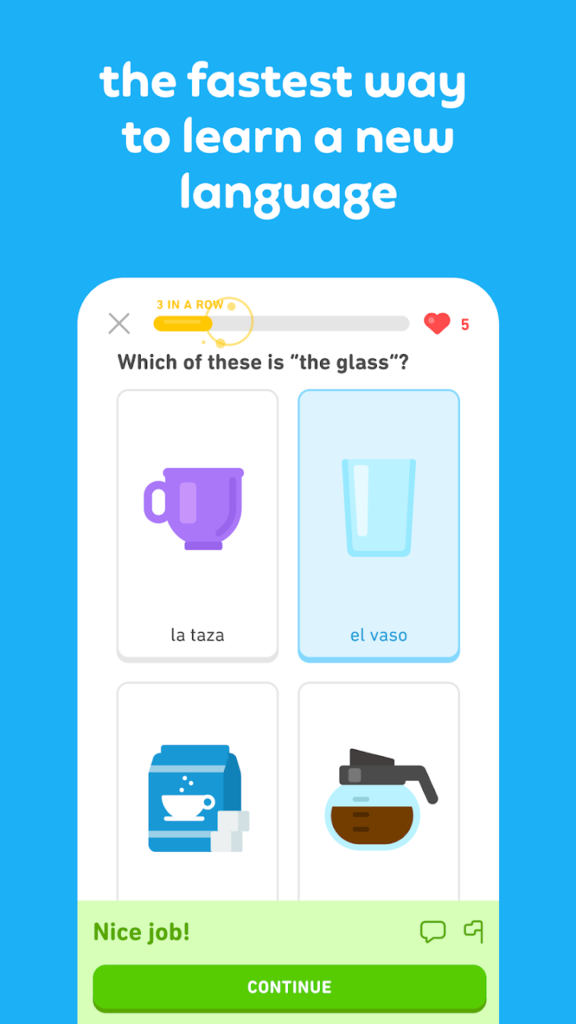
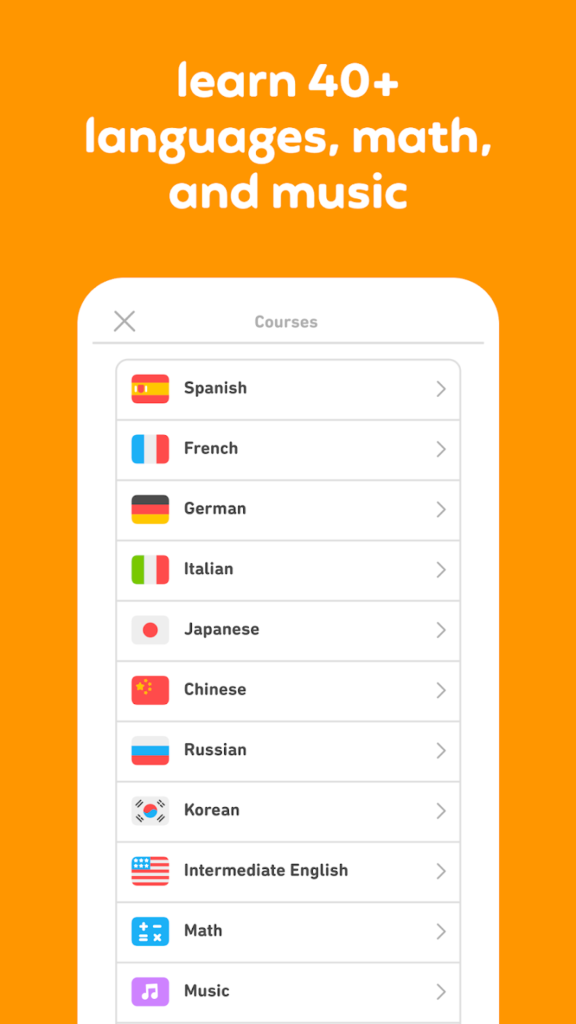
Key Highlights:
- Free to use with optional premium upgrades
- Game-like interface with streaks and XP rewards
- Adaptive lessons powered by AI
Who it’s best for:
- Absolute beginners wanting a casual, daily learning routine
- Learners who thrive with gamified learning
- Busy users who prefer short, mobile-friendly sessions
Contact Information:
- Website: www.duolingo.com
- App store: apps.apple.com/app/duolingo-language-lessons
- Google Play: play.google.com/store/apps/details
- Facebook: www.facebook.com/duolingo
- Instagram: www.instagram.com/duolingo
- Twitter: x.com/duolingo
- LinkedIn: www.linkedin.com/company/duolingo

2. LingoDeer
LingoDeer is a powerful app developed specifically for Asian languages like Korean, Japanese, and Chinese. Unlike generic language apps, LingoDeer offers a grammar-based curriculum crafted by language teachers, which provides a solid foundation for understanding sentence structures and grammatical rules. This makes it highly effective for learners aiming to go beyond vocabulary and phrase memorization. The app also includes detailed grammar notes, audio recorded by native speakers, and engaging stories to reinforce learning.
LingoDeer supports offline access, personalized routines, and cross-device syncing, making it ideal for learners who want to study consistently across different platforms. Its focus on clarity, accuracy, and structure makes it a favorite among serious language students looking to progress confidently toward intermediate proficiency and beyond.
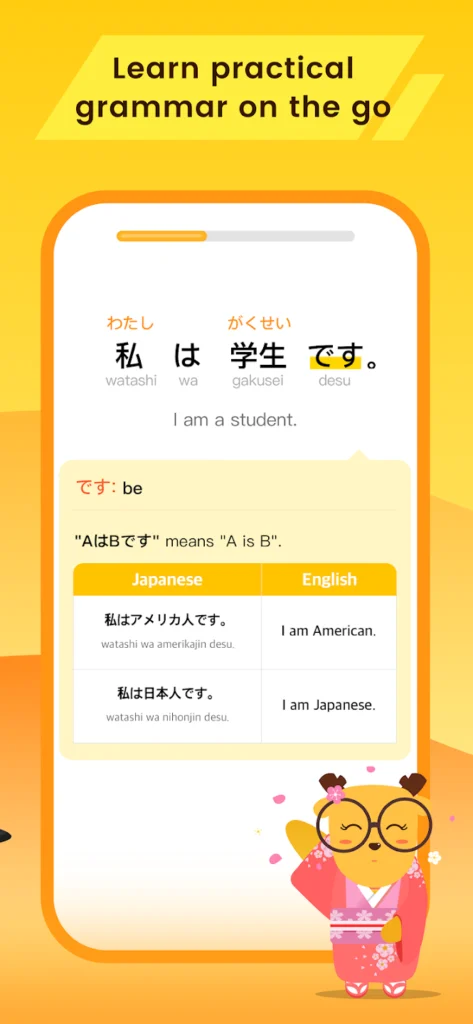
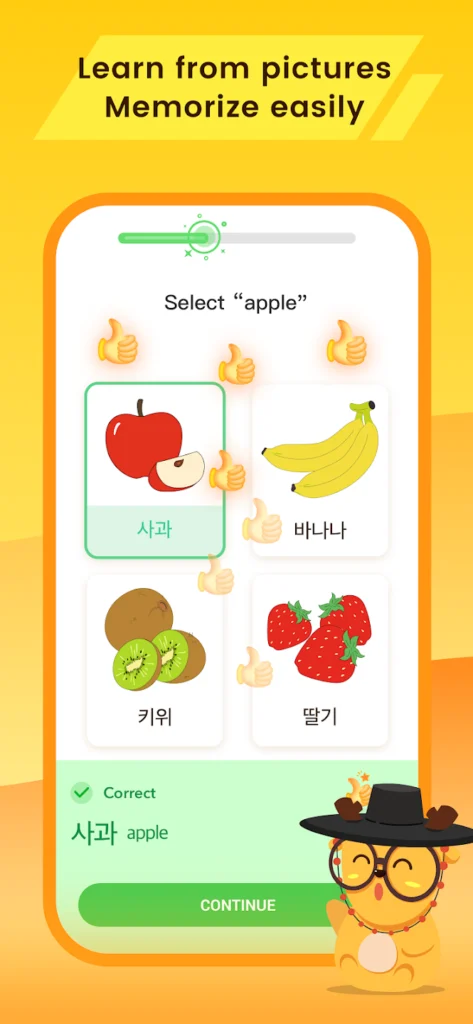
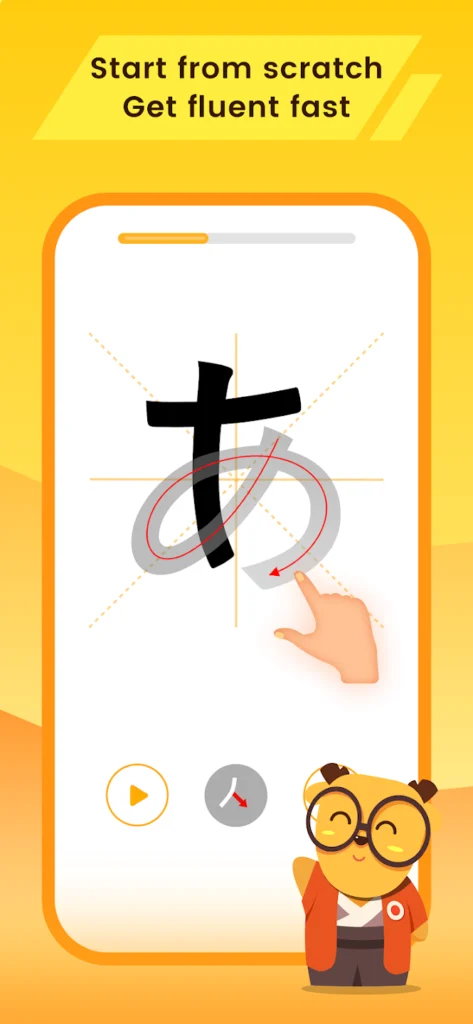
Key Highlights:
- Grammar-focused courses created by language experts
- Native speaker audio and cultural context
- Offline access and customizable learning experience
Who it’s best for:
- Learners seeking a structured, grammar-rich curriculum
- Students of Asian languages, especially Korean
- Users who want clarity and depth from day one
Contact Information:
- Website: www.lingodeer.com
- App store: apps.apple.com/us/app/lingodeer-learn-languages
- Google Play: play.google.com/store/apps/details
- Facebook: www.facebook.com/lingodeer
- Instagram: www.instagram.com/lingodeerapp
- Twitter: x.com/lingodeer

3. KoreanClass101
KoreanClass101 is part of the Innovative Language Learning family and offers a robust audio-visual approach to mastering Korean. Lessons are structured around real-life conversations, breaking down each word and phrase slowly for better understanding. With thousands of lessons, personalized learning paths, and spaced repetition tools like flashcards and word banks, it’s a comprehensive toolkit for progressing at any level.
A standout feature is the option to get feedback and guidance from a personal tutor, available with the Premium PLUS plan. This level of interaction is rare in app-based platforms and can dramatically accelerate progress. The site’s structured paths make it ideal for learners with specific goals, such as travel, business, or cultural immersion.

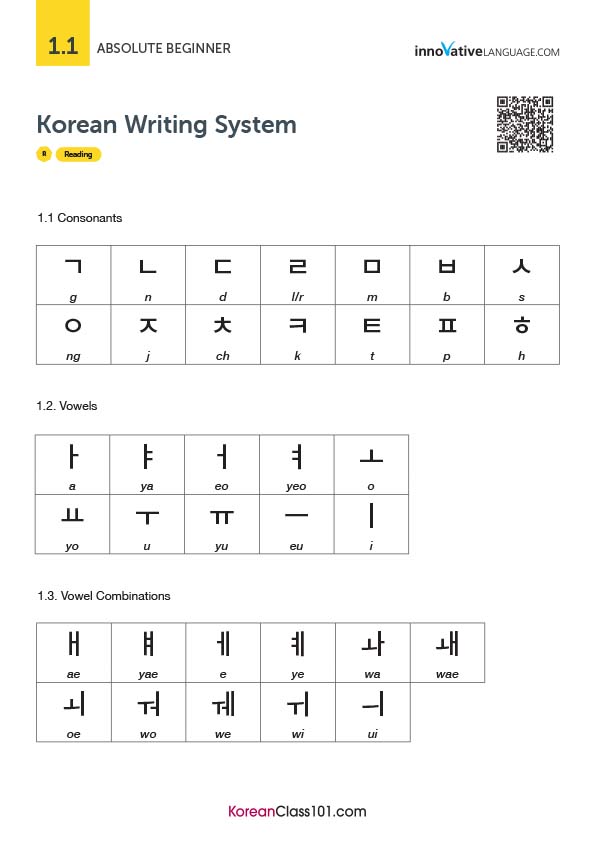

Key Highlights:
- Thousands of audio and video lessons
- Personalized feedback with a private teacher (Premium PLUS)
- Goal-based lesson paths with cultural insights
Who it’s best for:
- Learners who benefit from structured audio lessons
- Users wanting personalized teacher guidance
- Students focused on listening and conversation
Contact Information:
- Website: www.koreanclass101.com

4. Rocket Korean (by Rocket Languages)
Rocket Korean is a comprehensive course designed for serious learners who want to develop all language skills, including speaking, reading, writing, and understanding cultural nuances. Its method combines interactive audio lessons with grammar explanations, vocabulary training, voice recognition for pronunciation, and reinforcement activities to improve retention. This multi-layered approach ensures that learners aren’t just memorizing but actively engaging with the language.
One of Rocket Korean’s key strengths is its lifetime access model. Once you purchase the course, you own it forever, including all future updates. The program is designed for long-term learners who want to work at their own pace without pressure or subscription fees. Its structured yet flexible format appeals to independent learners aiming for fluency.
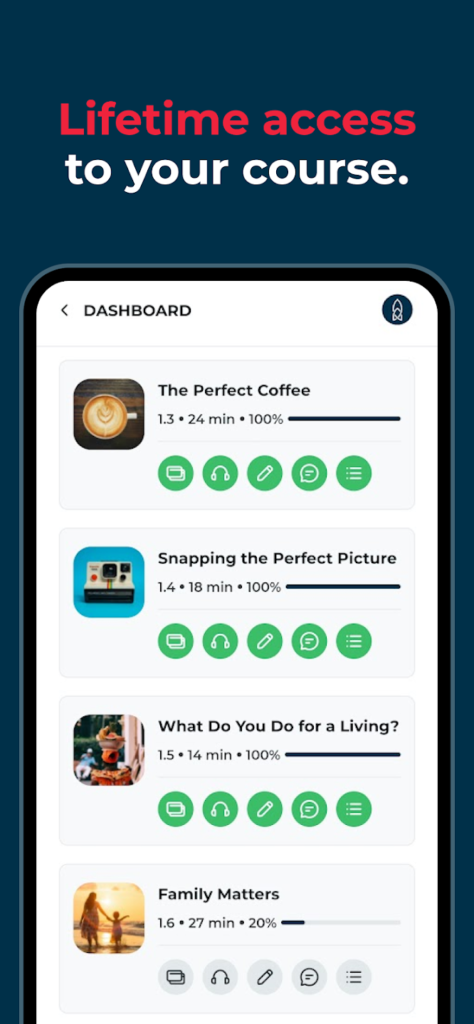
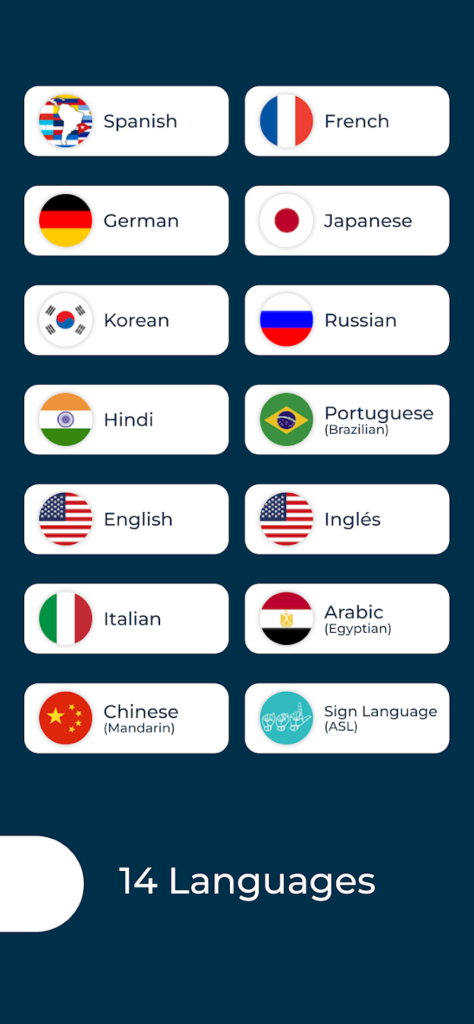
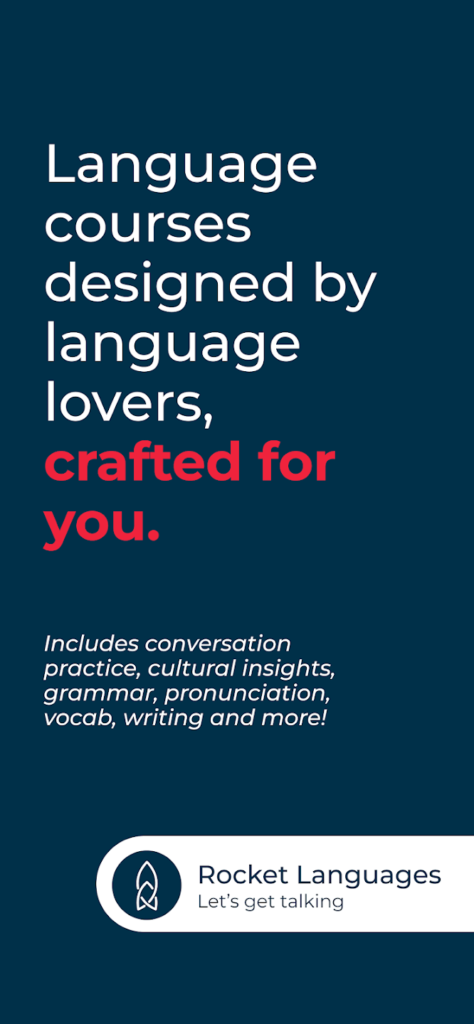
Key Highlights:
- Lifetime access with one-time purchase
- Voice recognition and cultural context lessons
- Downloadable content for offline learning
Who it’s best for:
- Learners looking for a premium, all-in-one course
- Students aiming for conversational and cultural fluency
- People who prefer to study at their own pace without subscription pressure
Contact Information:
- Website: www.rocketlanguages.com
- App store: apps.apple.com/us/app/rocket-languages
- Google Play: play.google.com/store/apps/details
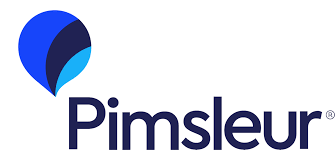
5. Pimsleur
Pimsleur offers a time-tested audio-based approach to language learning that is especially effective for developing conversational Korean. Its core method centers around 30-minute daily lessons that build listening and speaking skills through spaced repetition and real-life context. The system focuses on oral comprehension and pronunciation from the start, with an AI Voice Coach to help fine-tune your accent. Learners are encouraged to repeat aloud and respond as if in a real conversation, which builds both confidence and fluency.
In addition to audio training, Pimsleur includes reading lessons, flashcards, role-play activities, and quick games to reinforce vocabulary. The app is designed for portability, making it ideal for commuters or busy learners who prefer to study while doing other tasks. With its clean structure and immersive pacing, Pimsleur helps learners go from zero to conversational quickly without overwhelming grammar explanations.
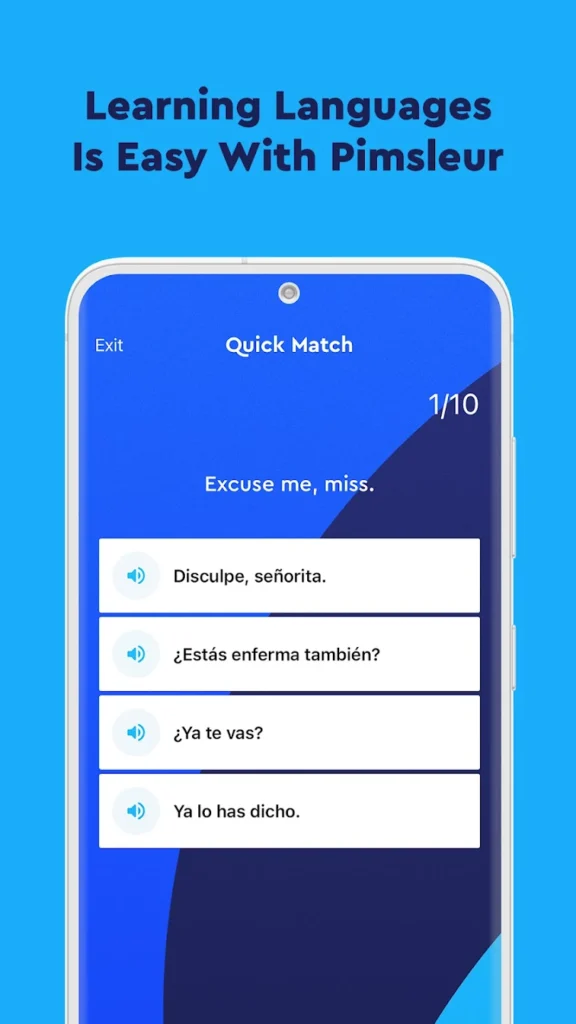
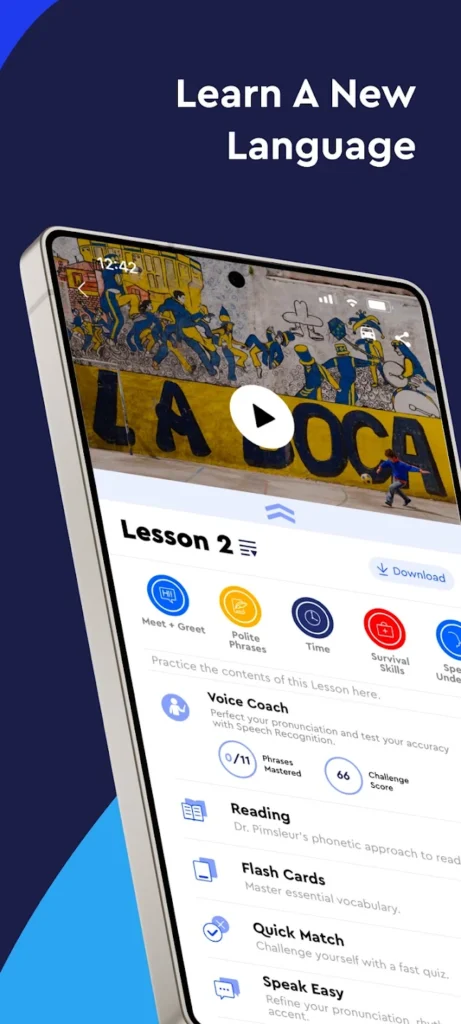

Key Highlights:
- Proven audio-based method with 30-minute lessons
- AI pronunciation feedback and reading practice
- Works offline and hands-free for on-the-go learning
Who it’s best for:
- Auditory learners who prefer to speak and listen
- Busy individuals looking to study during downtime
- Learners who want to sound natural and fluent
Contact Information:
- Website: www.pimsleur.com
- App store: apps.apple.com/us/app/pimsleur-language-learning
- Google Play: play.google.com/store/apps/details
- Facebook: www.facebook.com/Pimsleur-Language-Programs
- Twitter: x.com/pimsleur
- Instagram: www.instagram.com/pimsleur
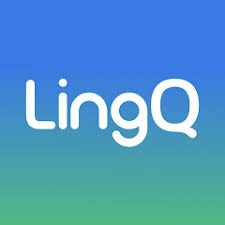
6. LingQ
LingQ turns language learning into an immersive reading and listening experience. Rather than rely on textbook-style instruction, it allows users to learn Korean through real content: books, podcasts, YouTube videos, news articles, and more. Users can import any content they love and turn it into interactive lessons. With each new word or phrase, LingQ tracks your progress, allowing you to build a personalized vocabulary database enhanced by spaced repetition techniques.
The strength of LingQ lies in its natural language acquisition approach, similar to how children learn: by being surrounded by content they care about. It’s perfect for learners who want full control over what they study and prefer to learn Korean in context rather than through isolated drills. As your comprehension grows, so does your confidence, creating a loop of motivation and progress.
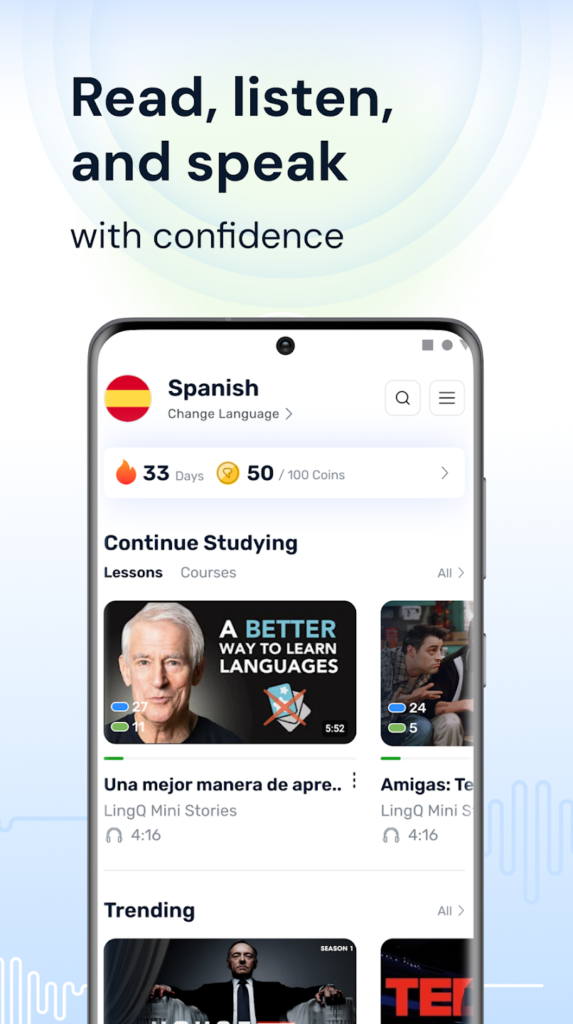

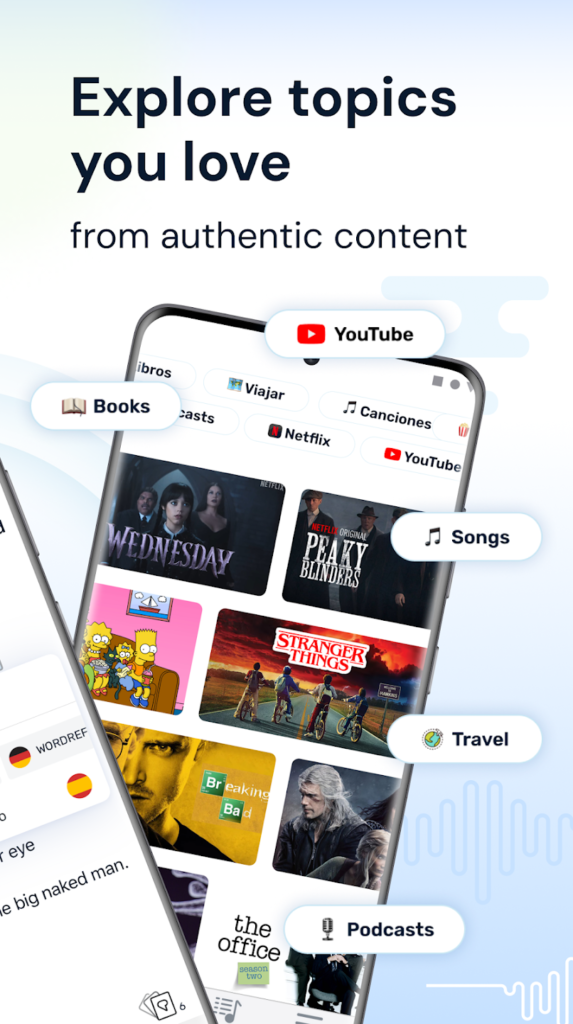
Key Highlights:
- Immersive learning with real-world content
- Import articles, books, and videos to study from
- Personalized word tracking and spaced repetition
Who it’s best for:
- Intermediate learners wanting authentic Korean input
- Readers and podcast lovers seeking contextual learning
- Independent learners who enjoy setting their own pace
Contact Information:
- Website: www.lingq.com
- App store: apps.apple.com/us/app/language-learning-lingq
- Google Play: play.google.com/store/apps/details
- Facebook: www.facebook.com/pages/LingQ
- Twitter: x.com/LingQ_Central
- Instagram: www.instagram.com/lingq_central

7. HelloTalk
HelloTalk connects language learners from around the world through a language exchange model. Instead of structured lessons, the app allows you to learn Korean by chatting directly with native speakers via text, voice, and video. It also includes features like built-in translation, transliteration, and pronunciation tools that help make communication easy and educational. You can correct each other’s messages, ask questions, and practice speaking in a friendly, low-pressure environment.
Beyond one-on-one chats, HelloTalk also offers Voicerooms and live broadcasts where you can listen, speak, and interact in Korean with large groups. This social approach to learning is ideal for those who thrive through real conversation. It’s also a fantastic way to explore Korean culture and make international friends.
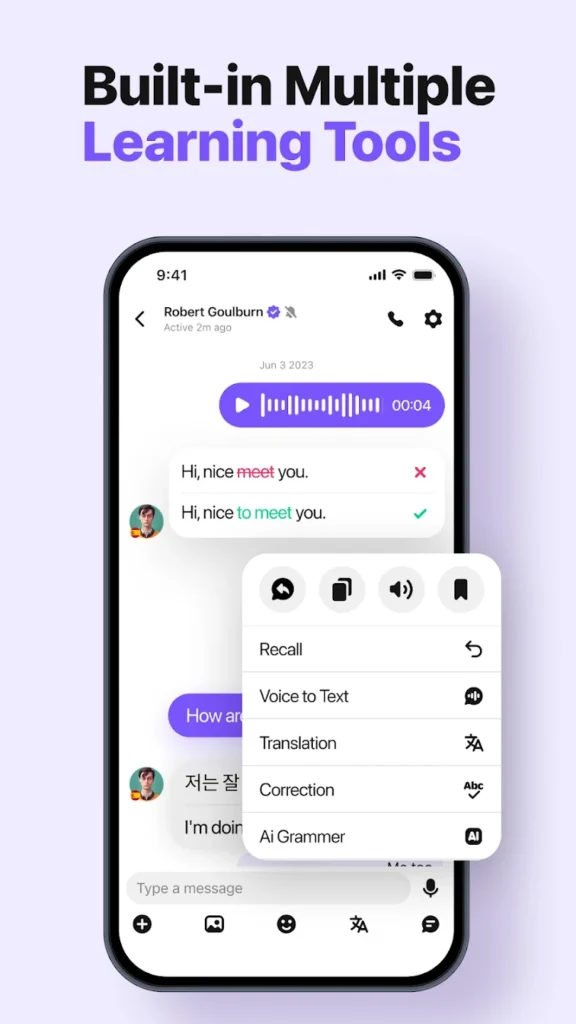
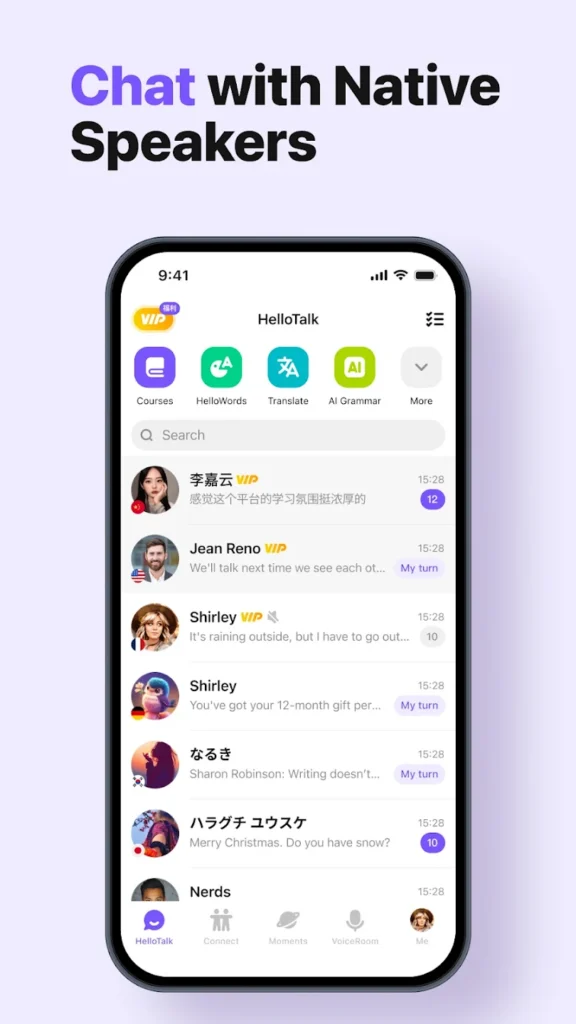
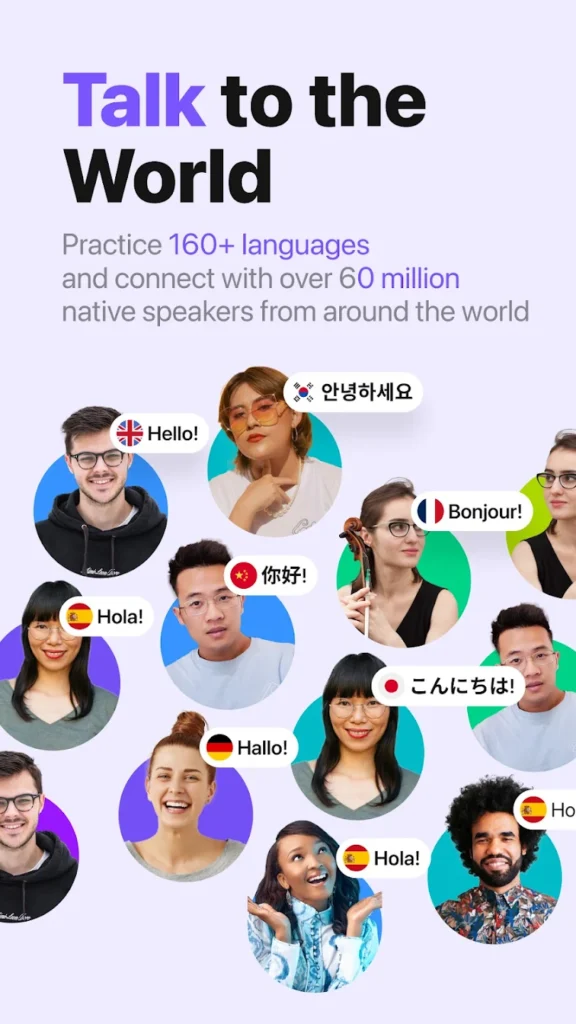
Key Highlights:
- Native speaker chat with built-in language tools
- Live Voicerooms and Moments for cultural exchange
- Translation, correction, and pronunciation features
Who it’s best for:
- Learners who prefer real-time conversation over lessons
- Social learners who enjoy making global friends
- People seeking free, informal language exchange
Contact Information:
- App store: apps.apple.com/us/app/hellotalk-language-learning
- Google Play: play.google.com/store/apps/details
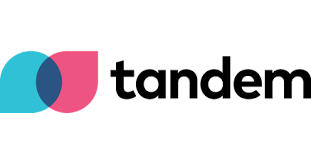
8. Tandem
Tandem is another highly-rated language exchange app that connects you with native Korean speakers for language practice through text, voice, and video. You can search for partners based on your interests, goals, or language proficiency, making it easy to find the right match. Like HelloTalk, Tandem offers translation and correction tools, but it also features professional tutors for those who want structured lessons in addition to casual practice.
The app offers a clean, user-friendly interface and supports over 150 languages. It emphasizes cultural exchange and mutual learning, giving you a chance to both teach and be taught. Whether you’re looking for quick grammar help or a consistent speaking partner, Tandem is a flexible and accessible way to immerse yourself in the Korean language.
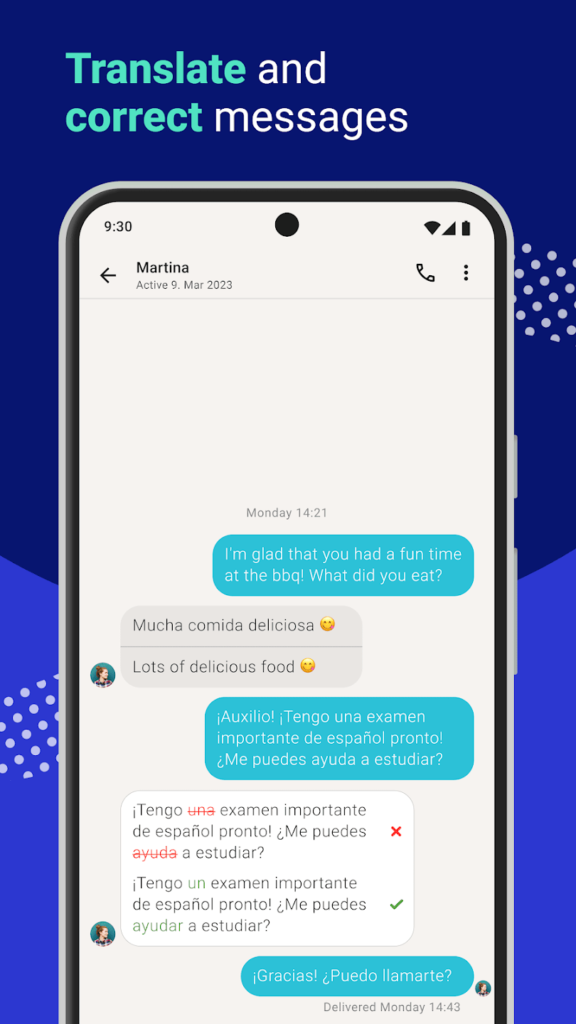
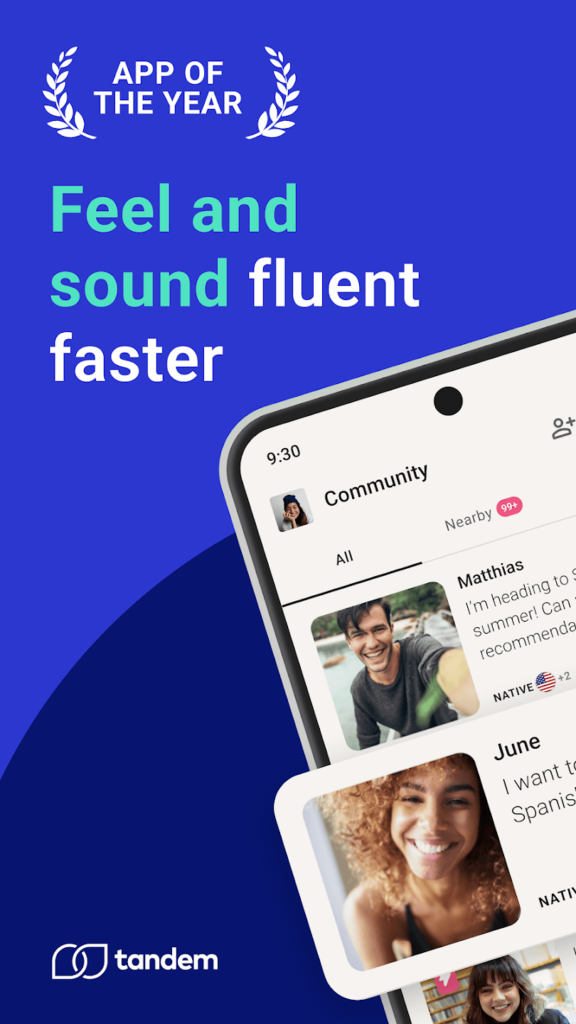
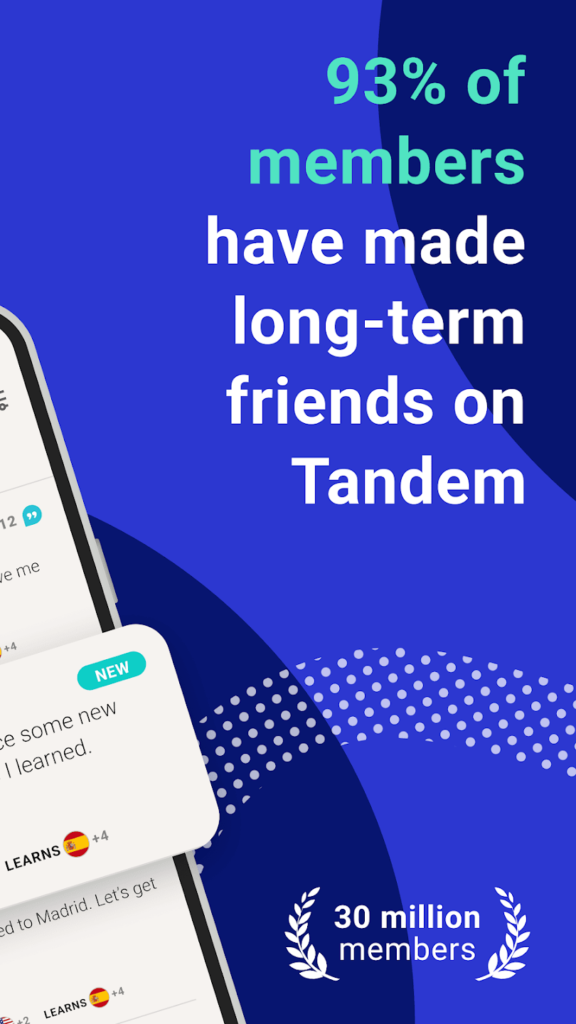
Key Highlights:
- Chat and video exchange with native speakers
- Optional professional tutoring within the app
- Advanced search filters for finding ideal partners
Who it’s best for:
- Learners seeking informal but consistent practice
- Users wanting both free and premium options
- Travelers or expats looking to connect with locals
Contact Information:
- Website: tandem.net
- App store: apps.apple.com/us/app/tandem-conversation-exchange
- Google Play: play.google.com/store/apps/details
- Instagram: www.instagram.com/TandemAppHQ
- Facebook: www.facebook.com/tandemlanguageapp
- Twitter: x.com/TandemAppHQ
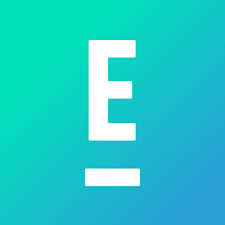
9. Teuida
Teuida is a conversation-first app that helps you learn Korean by actually speaking it in real-life scenarios. The app places you in first-person virtual conversations with native speakers and guides you through useful phrases and responses. Instead of memorizing isolated vocabulary, you practice real expressions in context, building the confidence to speak naturally in Korean. Lessons are lively, often humorous, and designed to stick in your memory.
Teuida also includes AI-powered pronunciation feedback, so you can instantly see how close you are to sounding like a native. Its focus on overcoming the fear of speaking makes it ideal for users who freeze in live conversations. With immersive, interactive simulations, it’s like having your own private role-playing tutor in your pocket.
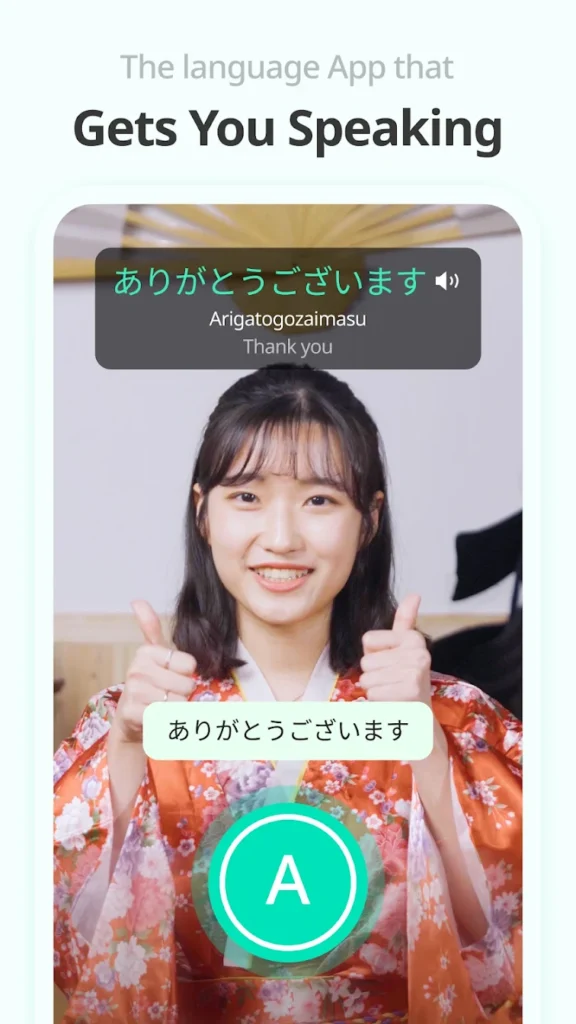
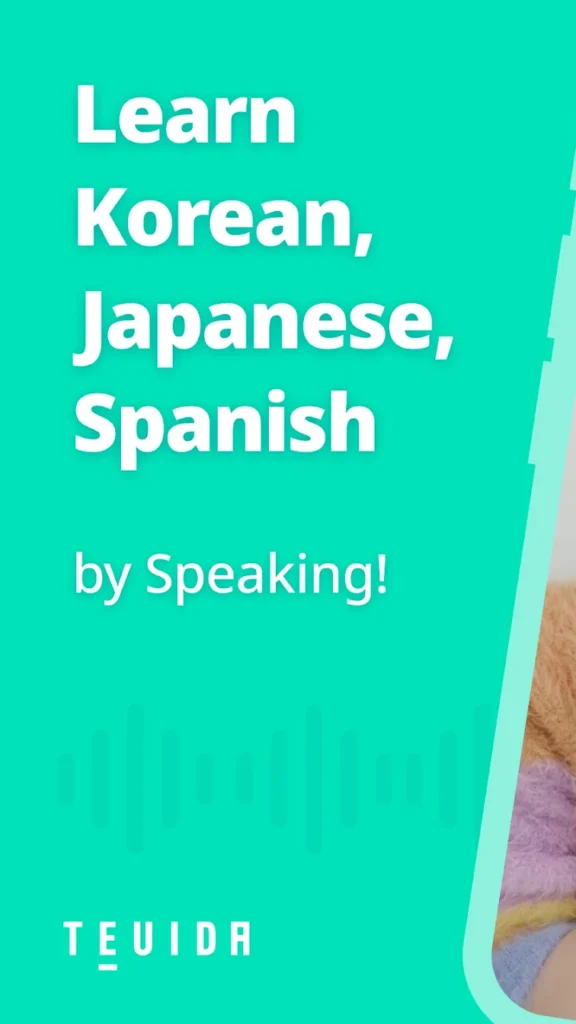
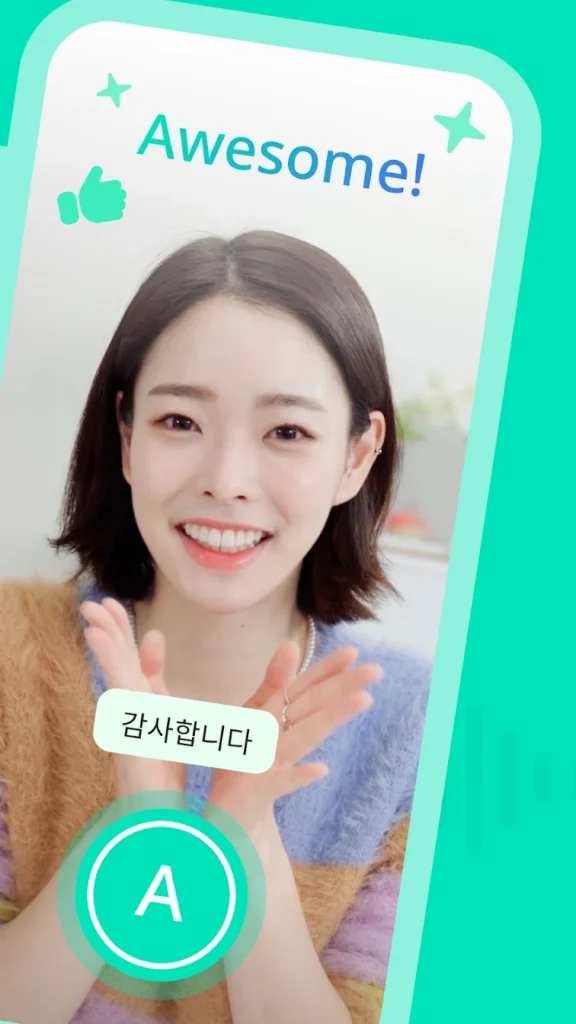
Key Highlights:
- First-person, real-life conversation scenarios
- Instant pronunciation feedback via AI
- Fun, memorable lessons curated by native speakers
Who it’s best for:
- Learners afraid of speaking out loud
- Users who want to practice realistic dialogue
- Visual and auditory learners seeking interactive lessons
Contact Information:
- Website: www.teuida.net
- App store: apps.apple.com/us/app/teuida-learn-languages
- Google Play: play.google.com/store/apps/details
- Facebook: www.facebook.com/Teuida
- Instagram: www.instagram.com/teuidaapp

10. Drops
Drops turns vocabulary learning into a vibrant, game-like experience. The app focuses on visual association, using minimalist illustrations and swiping gestures to introduce Korean words in short, timed sessions. It’s designed to help users learn the most useful 5,000+ words and phrases for real-world conversations. Each session is only five minutes long, which removes the intimidation factor and encourages consistent daily practice. While Drops doesn’t go deep into grammar or sentence structure, its strength lies in building a solid vocabulary base quickly and enjoyably.
What makes Drops particularly appealing is its aesthetic and intuitive interface. The app is perfect for users with limited time or those who struggle to maintain focus in traditional learning environments. Whether you’re on your lunch break or riding the subway, you can squeeze in a few minutes of meaningful learning. Premium users get unlimited time and access to all categories and games, making it both casual and comprehensive.

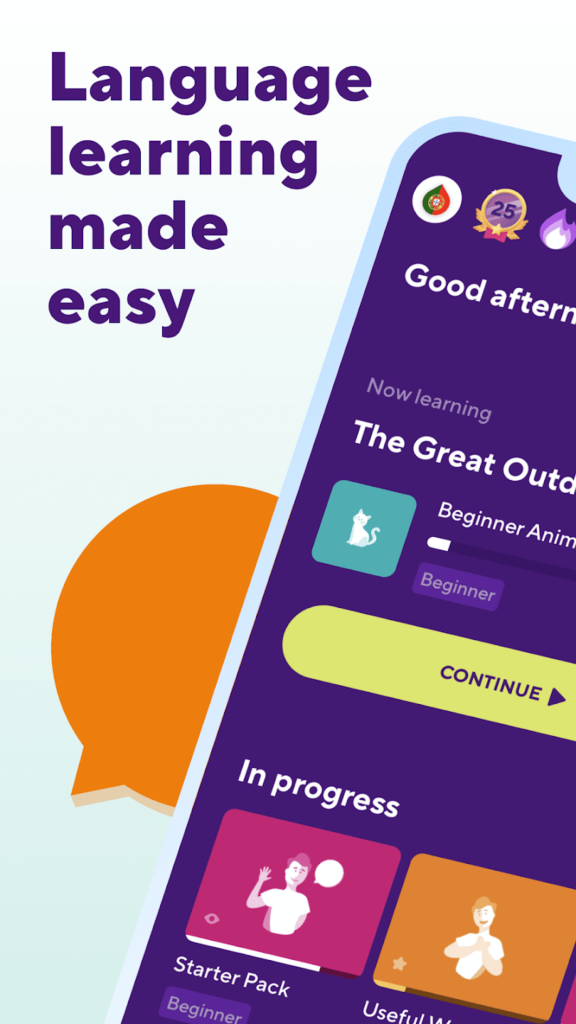
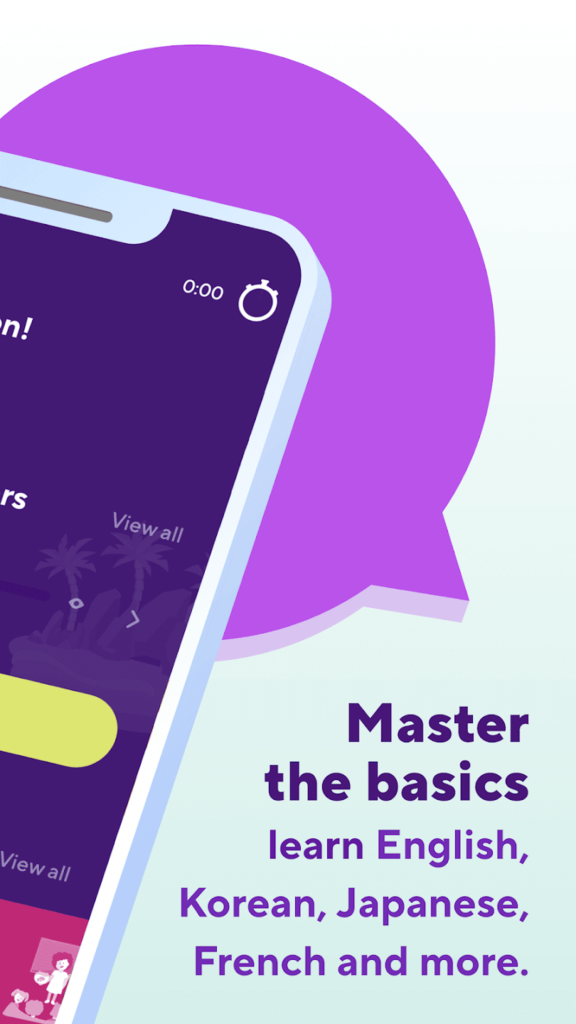
Key Highlights:
- Short, five-minute sessions to build consistency
- Beautiful visuals for faster word retention
- Covers 5,000+ useful words and phrases
Who it’s best for:
- Visual learners who enjoy interactive design
- Busy people seeking quick vocabulary boosts
- Beginners wanting to build word knowledge fast
Contact Information:
- Website: languagedrops.com
- App store: apps.apple.com/us/app/language-learning-games-drops
- Google Play: play.google.com/store/apps/details
- Facebook: www.facebook.com/LearnwithDrops
- Twitter: x.com/language_drops
- Instagram: www.instagram.com/language_drops
- LinkedIn: www.linkedin.com/company/languagedrops

11. Ling App
The Ling App offers a well-rounded and gamified language learning experience with a strong focus on Asian languages like Korean. It combines reading, writing, listening, and speaking exercises in short, digestible lessons. What sets Ling apart is its balance between fun and structure, offering AI chatbots for dialogue practice and interactive games that reinforce comprehension. It even features writing practice for Hangul, allowing learners to engage with the Korean alphabet from the beginning.
Users love the bite-sized lesson format, which is easy to follow but still effective. The app is suitable for complete beginners and intermediate learners who want to brush up on vocabulary, sentence construction, and conversational Korean. Though some premium features require a subscription, the free version still offers substantial value.
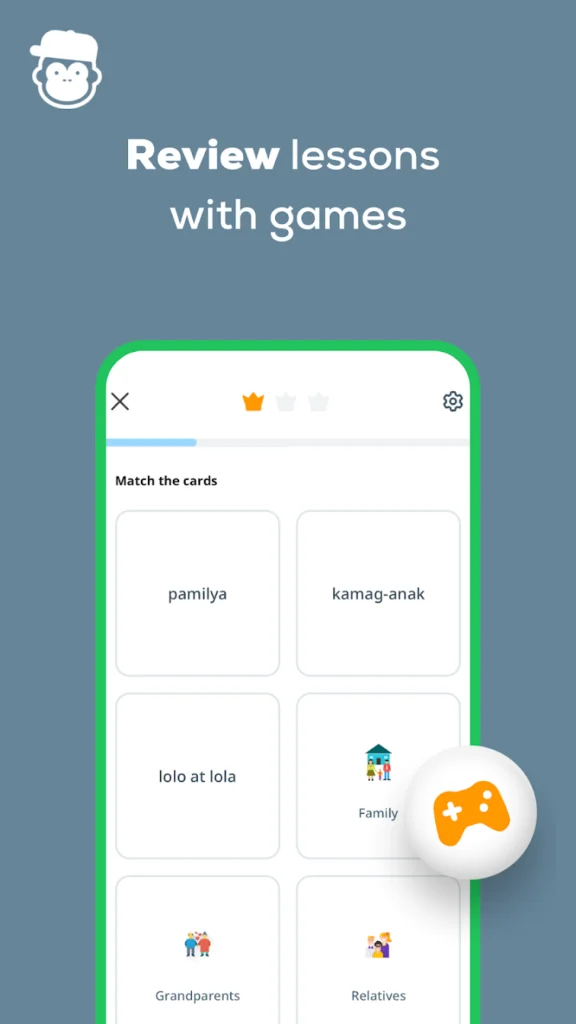
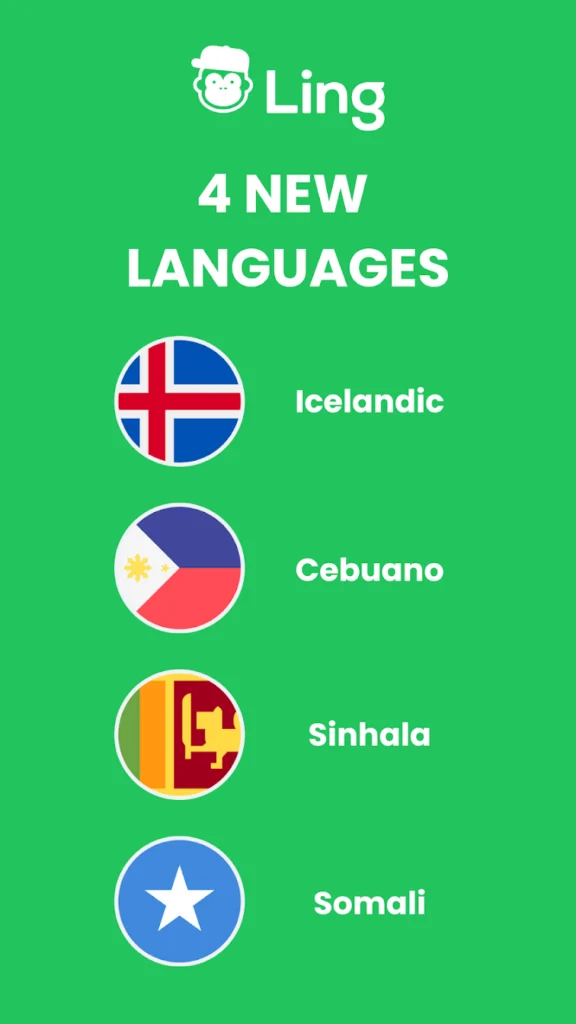
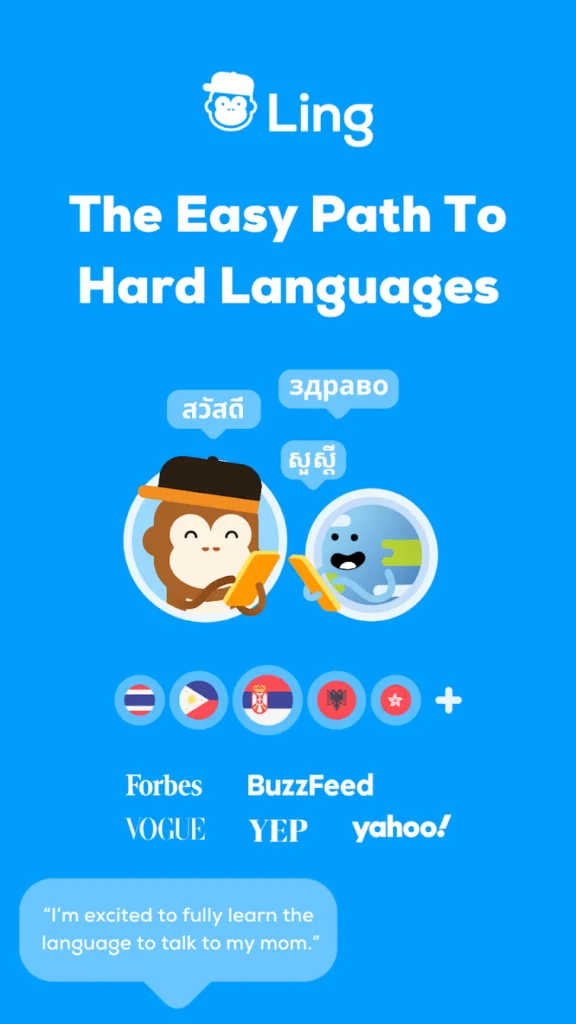
Key Highlights:
- AI-powered chat and pronunciation exercises
- Integrated writing and speaking practice
- Fun games to reinforce grammar and vocabulary
Who it’s best for:
- Learners interested in Korean and other Asian languages
- Users who prefer short, interactive lessons
- Beginners looking for an all-in-one starter app
Contact Information:
- Website: ling-app.com
- App store: apps.apple.com/us/app/ling-learn-languages-easily
- Google Play: play.google.com/store/apps/details
- Instagram: www.instagram.com/ling_app
- Facebook: www.facebook.com/Ling.learn.languages
- Twitter: x.com/ling_languages
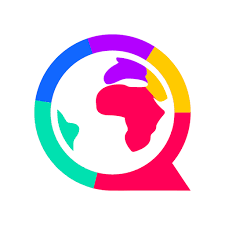
12. FluentU
FluentU teaches Korean through real-world videos like movie clips, music videos, news, and vlogs. The app turns each video into an interactive learning experience with clickable subtitles, vocabulary breakdowns, example sentences, and review quizzes. It’s an immersive and highly visual way to learn Korean in context, making the language feel alive and relevant from the start. FluentU also includes personalized vocabulary lists and spaced repetition tools to help you retain what you’ve learned.
Unlike traditional textbook-based learning, FluentU allows you to absorb Korean naturally, just like you would with your native language. You get to hear how real people speak, understand their tone and cultural context, and follow along at your own pace. This makes it an ideal resource for learners who want to improve their listening comprehension and vocabulary in a fun, meaningful way.
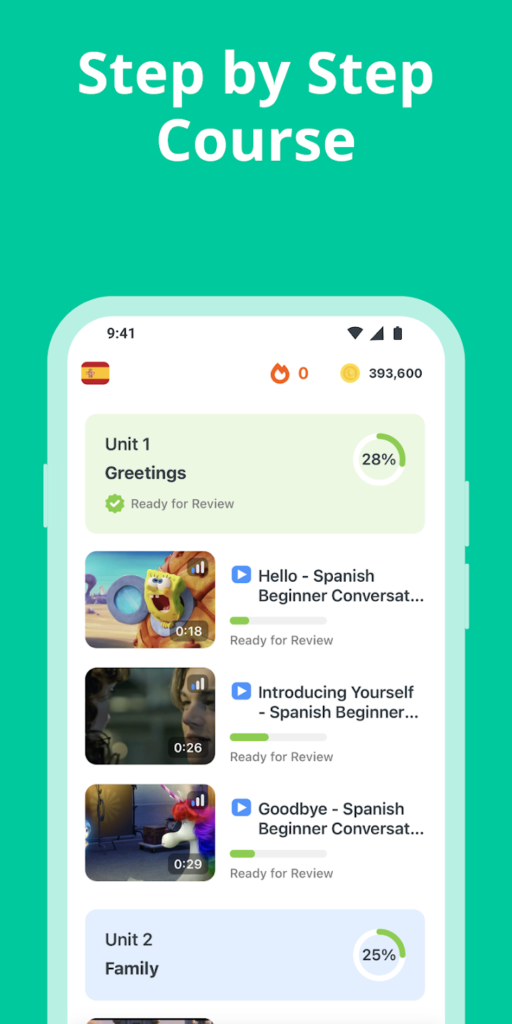
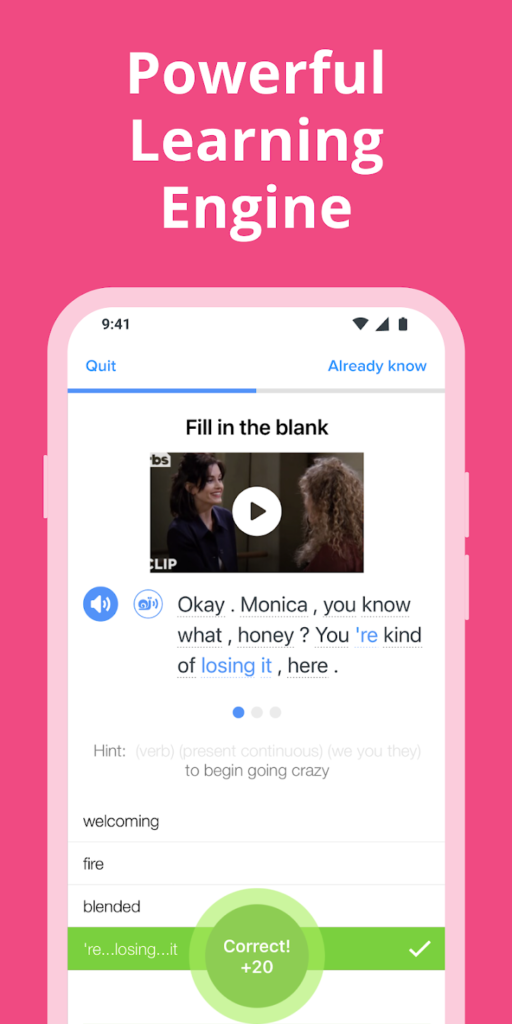
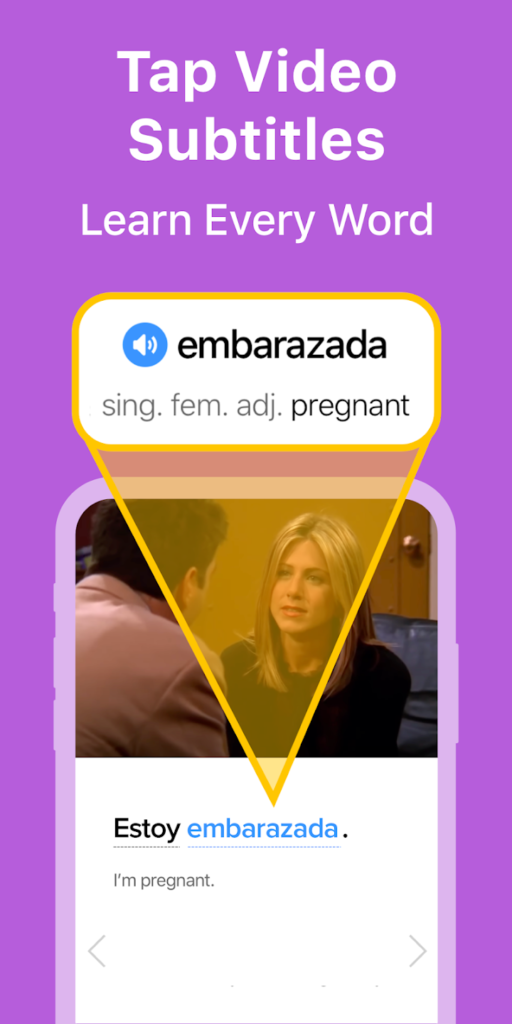
Key Highlights:
- Real-world videos with interactive subtitles
- Contextual learning powered by spaced repetition
- Personalized vocabulary tracking
Who it’s best for:
- Learners who prefer authentic content over drills
- Intermediate users aiming to boost comprehension
- Video learners who want to learn in context
Contact Information:
- Website: www.fluentu.com
- App store: apps.apple.com/us/app/fluentu-learn-language-videos
- Google Play: play.google.com/store/apps/details
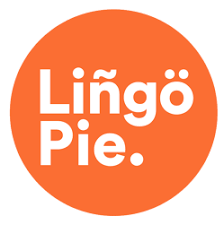
13. Lingopie
Lingopie is a language learning app that helps you master Korean by watching TV shows, movies, and video content with interactive subtitles. Every word in the subtitle can be clicked for a translation, and learners can slow down scenes, replay dialogue, and add words to their review list. It blends entertainment with education, letting you absorb vocabulary and sentence structure as you binge-watch Korean content. Think of it as Netflix with a built-in language tutor.
What sets Lingopie apart is its ability to make learning feel effortless. You’re not just studying Korean, you’re watching your favorite genre while subconsciously picking up grammar and expressions. The app also includes review tools and flashcards to turn passive watching into active learning, making it a valuable tool for intermediate learners looking to enhance their listening and vocabulary.
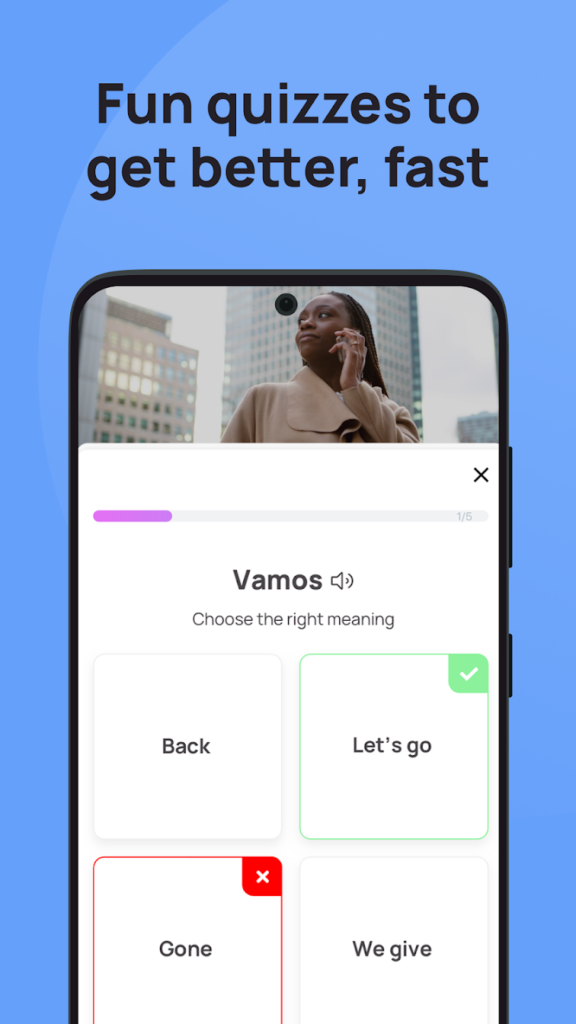
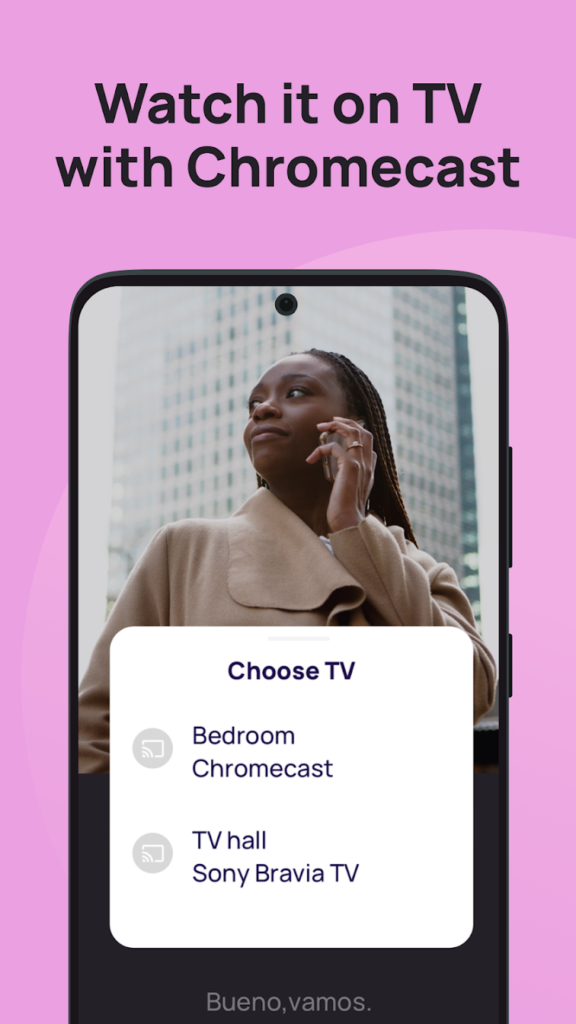
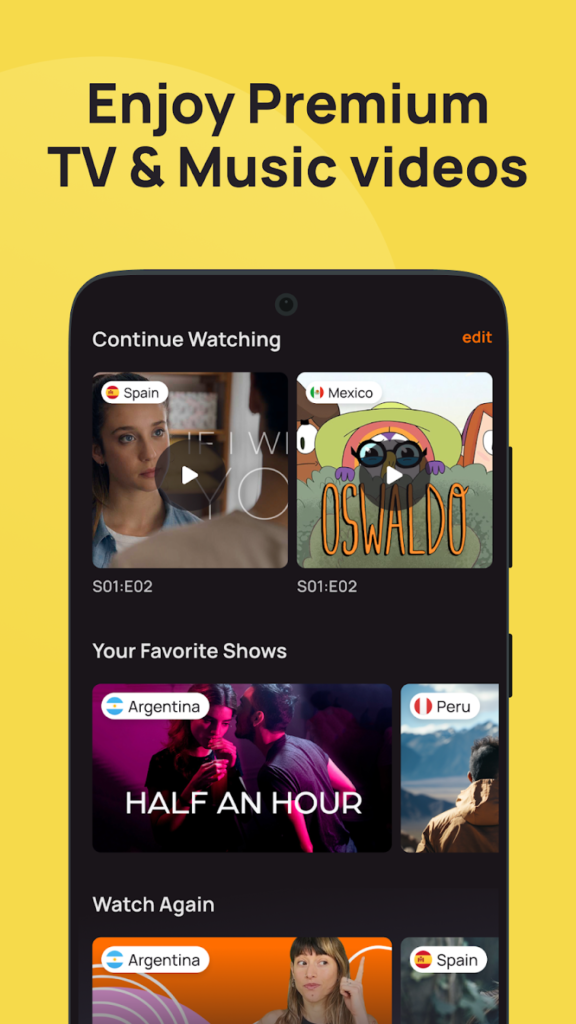
Key Highlights:
- TV-based learning with clickable subtitles
- Flashcard reviews and vocabulary building
- Access to thousands of Korean shows and movies
Who it’s best for:
- Fans of Korean dramas, movies, and entertainment
- Visual and auditory learners
- Intermediate learners who want natural language exposure
Contact Information:
- Website: lingopie.com
- App store: apps.apple.com/us/app/lingopie-language-learning
- Google Play: play.google.com/store/apps/details
- Facebook: www.facebook.com/lingopietv
- Twitter: x.com/Lingopietv
- Instagram: www.instagram.com/lingopietv
- LinkedIn: www.linkedin.com/company/lingopie

14. 90 Day Korean
90 Day Korean is a structured, goal-oriented online program designed to help learners reach conversational fluency in just three months. The platform emphasizes practical language use, with lessons that break down real Korean conversations into manageable chunks. It’s highly interactive and includes coaching support, cultural insights, audio clips, and a community of fellow learners. The method focuses on mastering the most commonly used vocabulary and phrases to build confidence quickly.
Unlike many apps that rely heavily on passive learning, 90 Day Korean encourages active engagement through speaking and writing tasks. While it is a paid program, users appreciate its clarity, organization, and effectiveness in helping them make steady progress. The step-by-step curriculum is particularly helpful for beginners and those who prefer a linear learning path with expert guidance.

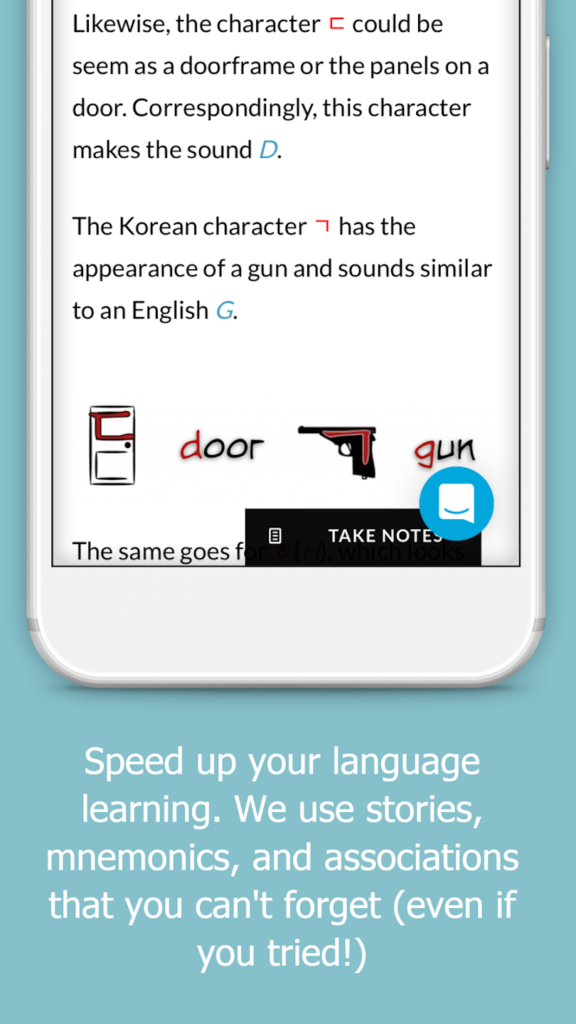

Key Highlights:
- Structured course with personal coaching and community
- Focus on conversational fluency within 90 days
- Culturally relevant and goal-driven content
Who it’s best for:
- Beginners looking for a guided path to fluency
- Learners who benefit from accountability and structure
- People serious about mastering Korean quickly
Contact Information:
- App store: apps.apple.com/us/app/90-day-korean
- Google Play: play.google.com/store/apps/details

15. Nemo Korean
Nemo Korean is designed for busy learners who want to practice Korean in short, flexible sessions throughout the day. It’s not built around formal lessons but rather as a dynamic toolkit that delivers the most essential words and phrases for real-life conversations. With high-quality native audio, offline access, and the powerful Speech Studio tool, learners can hear and record their pronunciation to compare with a native speaker. The app’s flashcard system is customizable, so you can focus on speaking, listening, or reading based on your goals.
Nemo is especially useful for travelers and beginners who want to get speaking fast. It offers curated vocabulary lists like “If You Only Learn 10/50/100 Things,” giving you immediate access to the most practical Korean. The ability to favorite words and revisit them in Review Mode adds an extra layer of retention. Its simple interface and travel-friendly features make it a great supplement for self-paced learners.
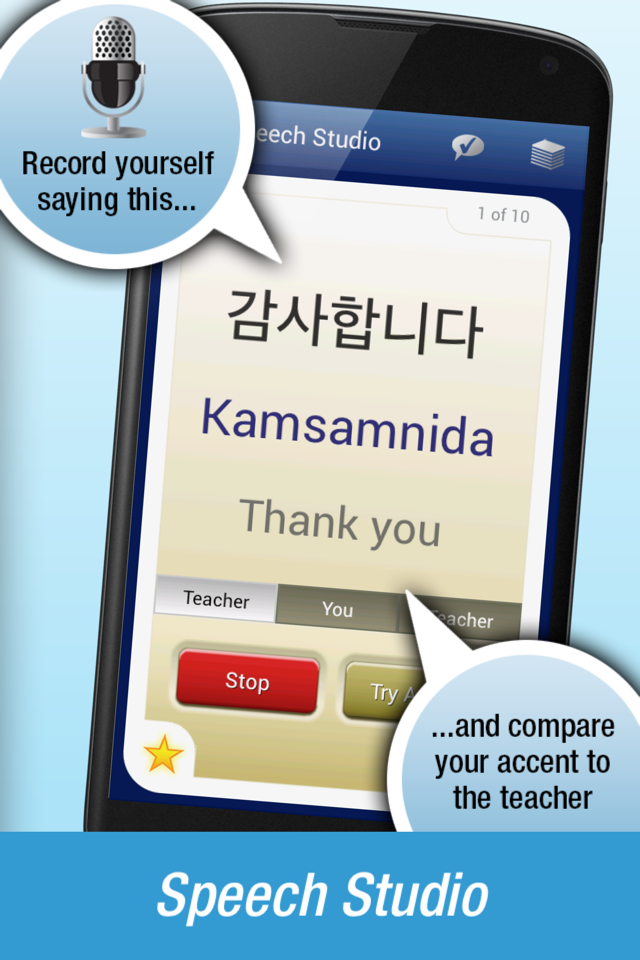
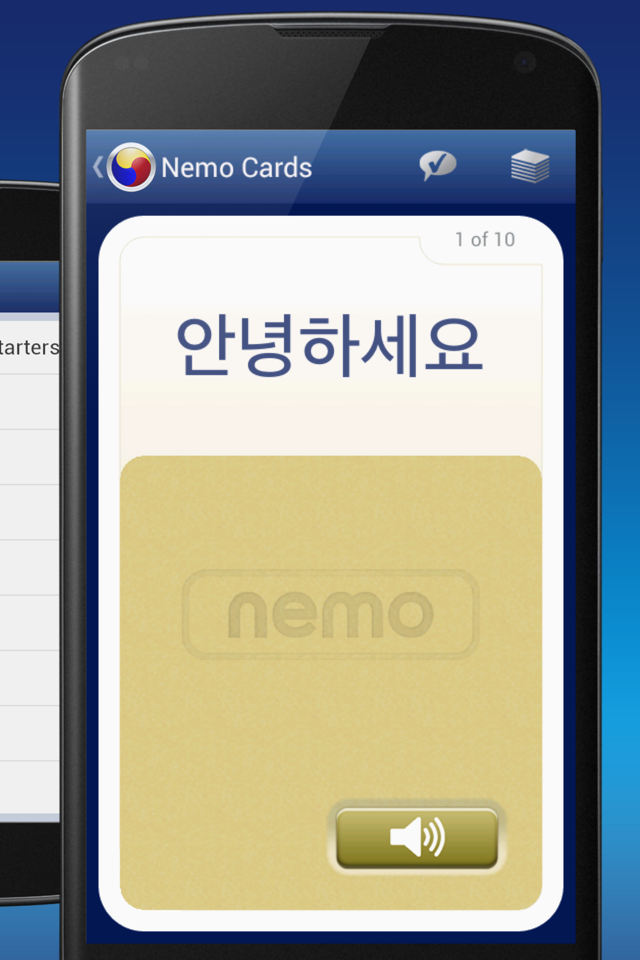
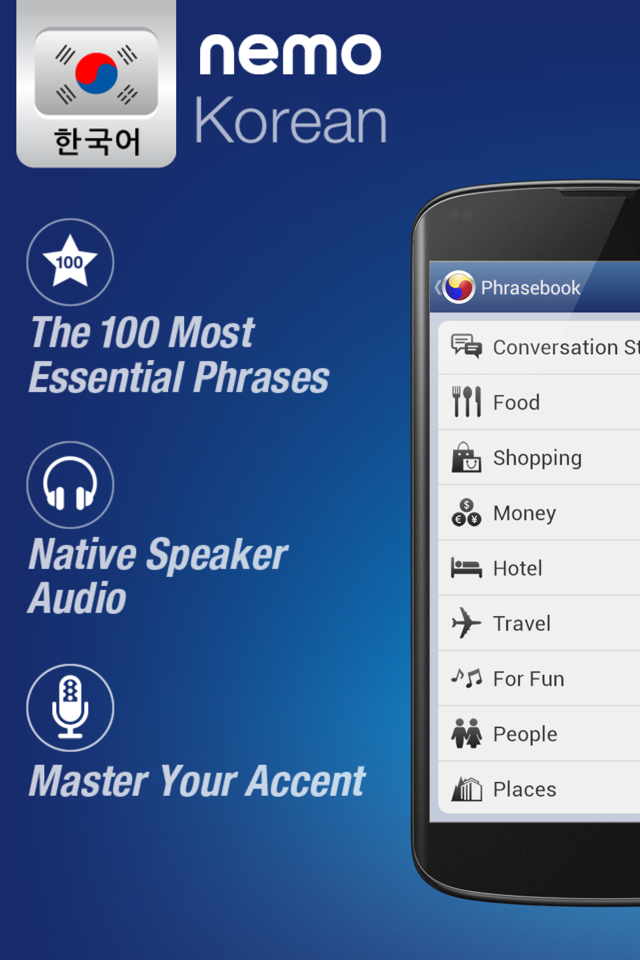
Key Highlights:
- No internet needed – works fully offline
- Customizable flashcard and phrasebook system
- Record and compare your pronunciation with Speech Studio
Who it’s best for:
- Casual learners looking for essential travel Korean
- Busy users who want to study on the go
- Beginners who want to master speaking and pronunciation
Contact Information:
- Website: www.nemoapps.com
- App store: apps.apple.com/us/app/korean-by-nemo
- Google Play: play.google.com/store/apps/details
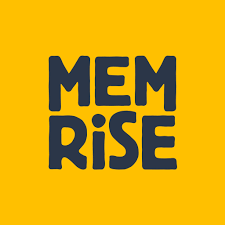
16. Memrise
Memrise is a gamified language app that helps users quickly absorb Korean vocabulary and useful phrases through spaced repetition and realistic conversations. It uses native speaker video clips so you can see and hear how words are used naturally, adding a strong audiovisual element to your learning. The platform blends flashcard-style drills with everyday language content, making it more engaging than traditional apps.
Memrise also features speech recognition tools and AI conversation simulations to help learners practice speaking in context. You’ll learn phrases that locals actually use, not awkward textbook sentences. The app’s bite-sized sessions make it easy to stay consistent without overwhelming you. It’s especially effective for beginners and intermediate learners looking to improve recall and confidence in speaking.
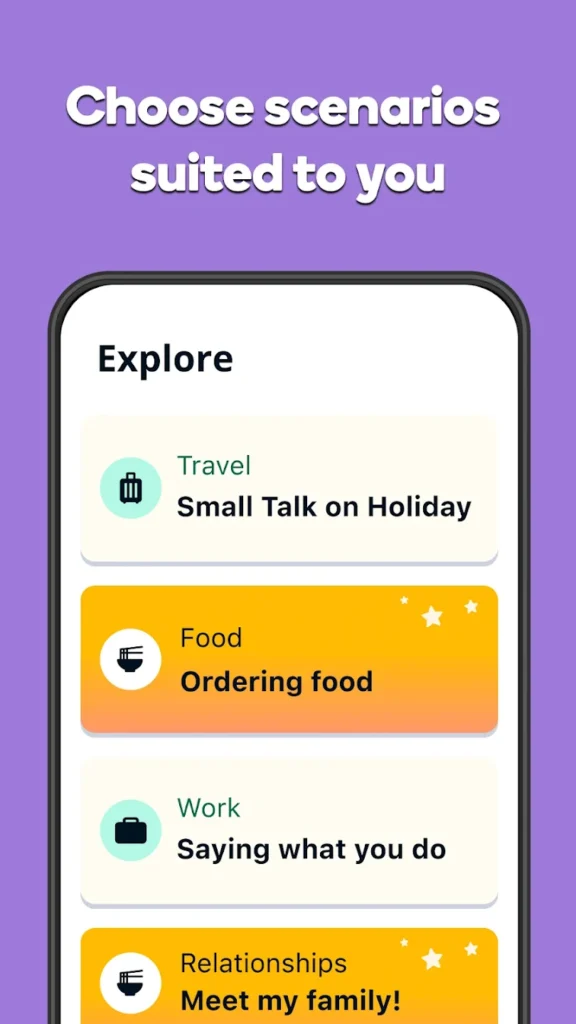
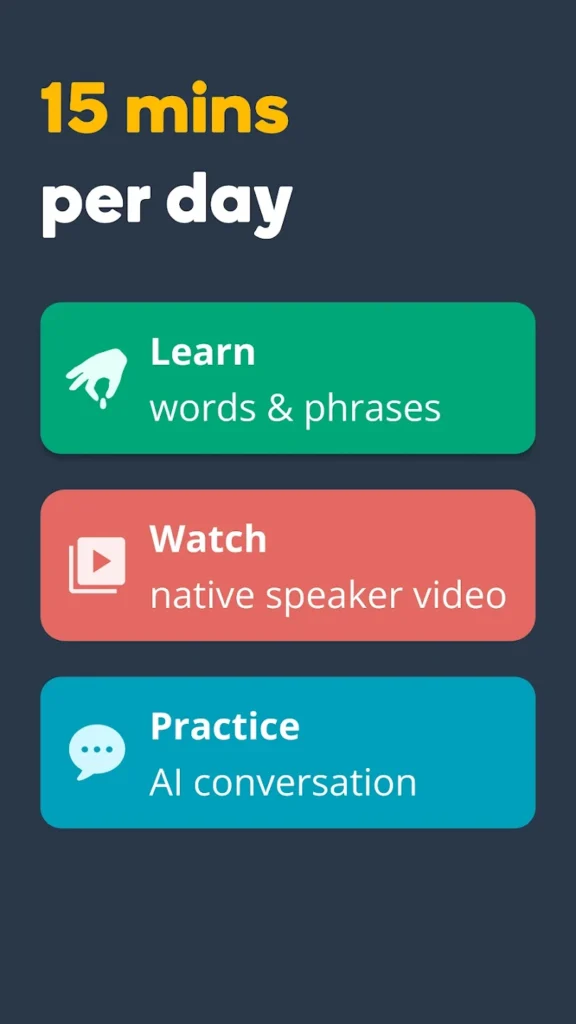
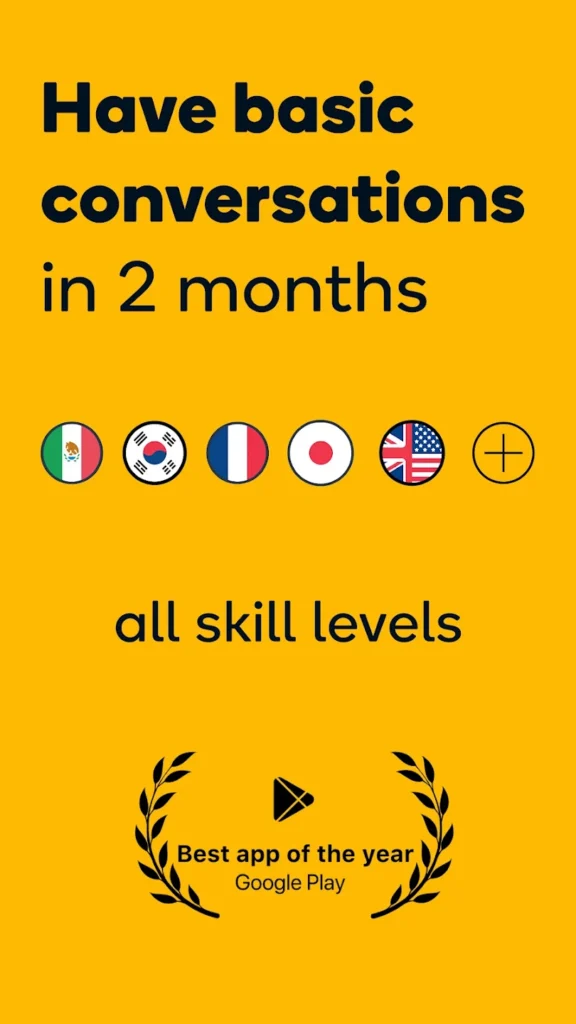
Key Highlights:
- Native speaker videos and pronunciation tools
- Spaced repetition and realistic dialogues
- Tailored content based on user goals
Who it’s best for:
- Learners who prefer short, gamified sessions
- Visual and auditory learners
- Beginners focused on real-world conversations
Contact Information:
- Website: www.memrise.com
- App store: apps.apple.com/us/app/memrise-easy-language-learning
- Google Play: play.google.com/store/apps/details
- Facebook: www.facebook.com/memrise
- Twitter: x.com/memrise
- Instagram: www.instagram.com/memrise
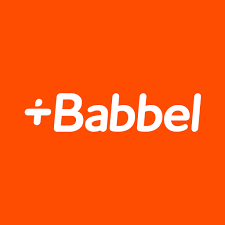
17. Babbel
Babbel takes a practical, structured approach to language learning. With lessons created by linguists, it walks users through real-life scenarios like ordering food, introducing yourself, or navigating public spaces. Babbel emphasizes grammar and sentence-building, supported by speech recognition tools and cultural insights to help users speak more naturally and confidently in Korean. It’s like having a mini language class in your pocket.
The app tracks progress and offers review sessions to help retain material. While Babbel doesn’t yet offer as many advanced Korean features as it does for languages like Spanish or French, its strong curriculum and professional tone make it ideal for learners who appreciate structure and goal-based progress.
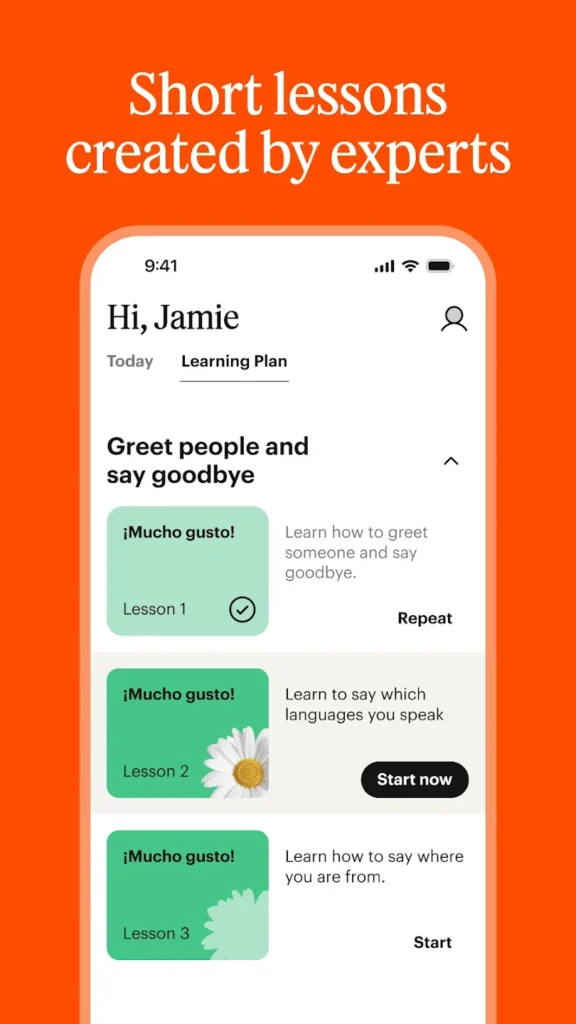
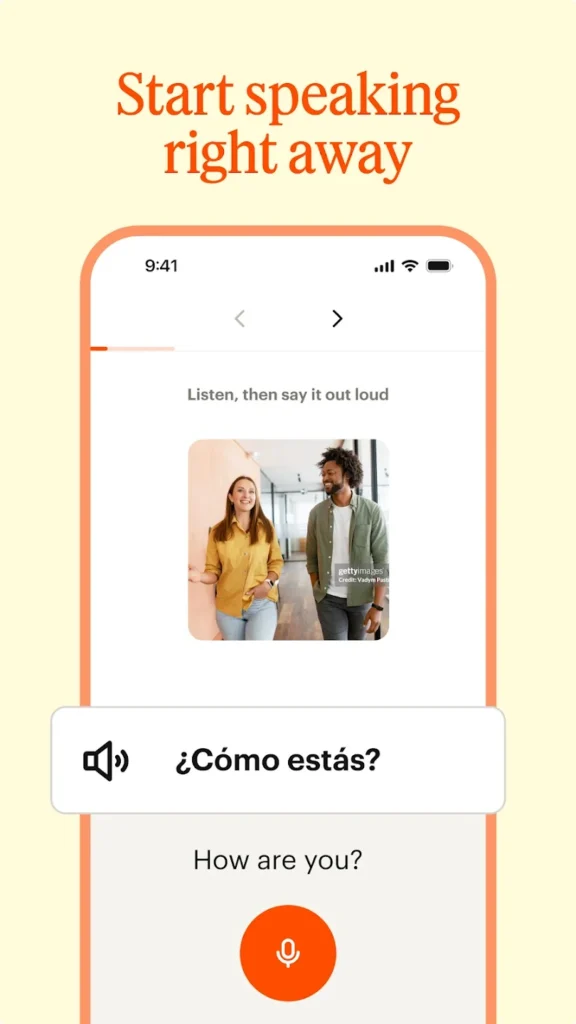
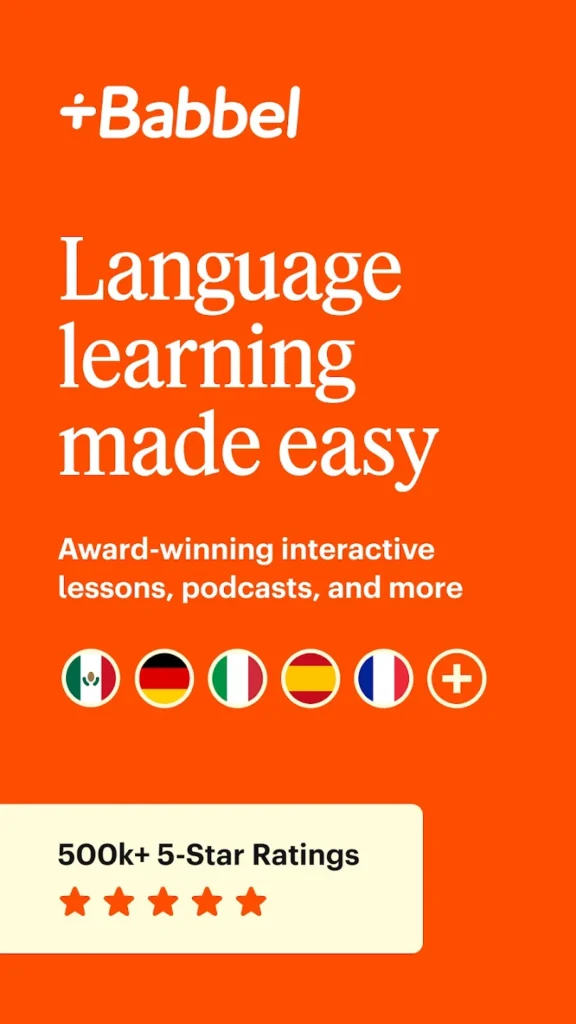
Key Highlights:
- Grammar-focused lessons with practical themes
- Speech recognition and cultural tips
- Courses structured by proficiency level
Who it’s best for:
- Structured learners who want guided, clear lessons
- Users looking to build full-sentence confidence
- Adults learning Korean for travel or relocation
Contact Information:
- Website: www.babbel.com
- App store: apps.apple.com/us/app/babbel-language-learning
- Google Play: play.google.com/store/apps/details
- Facebook: www.facebook.com/babbel.languages
- Instagram: www.instagram.com/babbel
- LinkedIn: www.linkedin.com/company/babbel-com
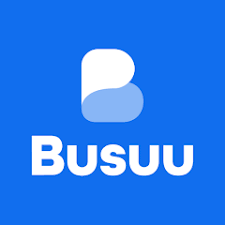
18. Busuu
Busuu combines structured courses with community-driven learning, allowing users to get corrections and feedback from native speakers. Each Korean lesson is built around real-life topics and includes vocabulary, grammar, dialogues, and interactive quizzes. The standout feature is the social aspect – learners can submit exercises and get direct corrections from Korean speakers, creating a deeper connection to the language.
Busuu also includes personalized study plans and fluency goals, so learners stay on track. Whether you’re a beginner or brushing up for a trip, its short lessons and community support make it a comprehensive and motivating option.
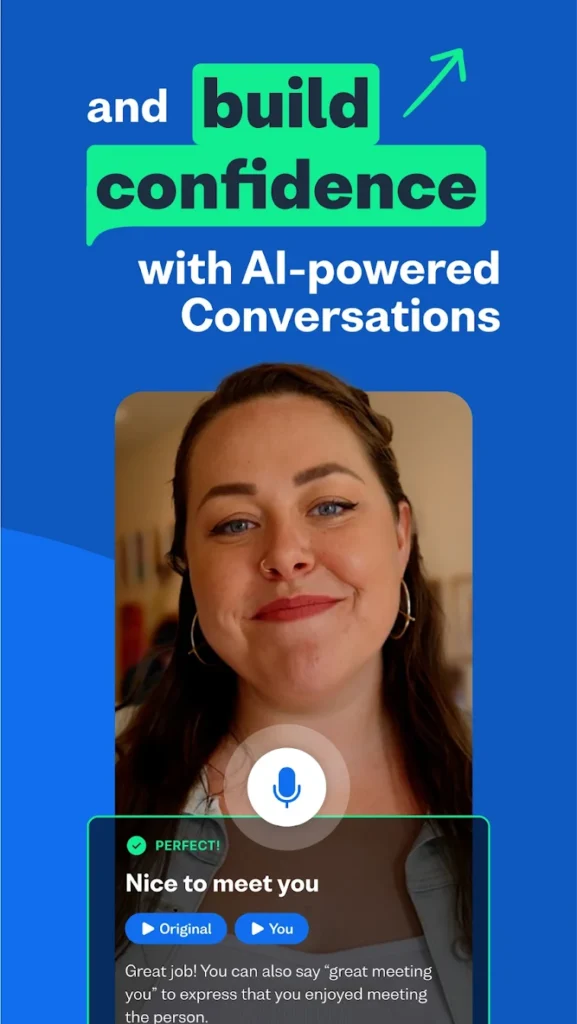
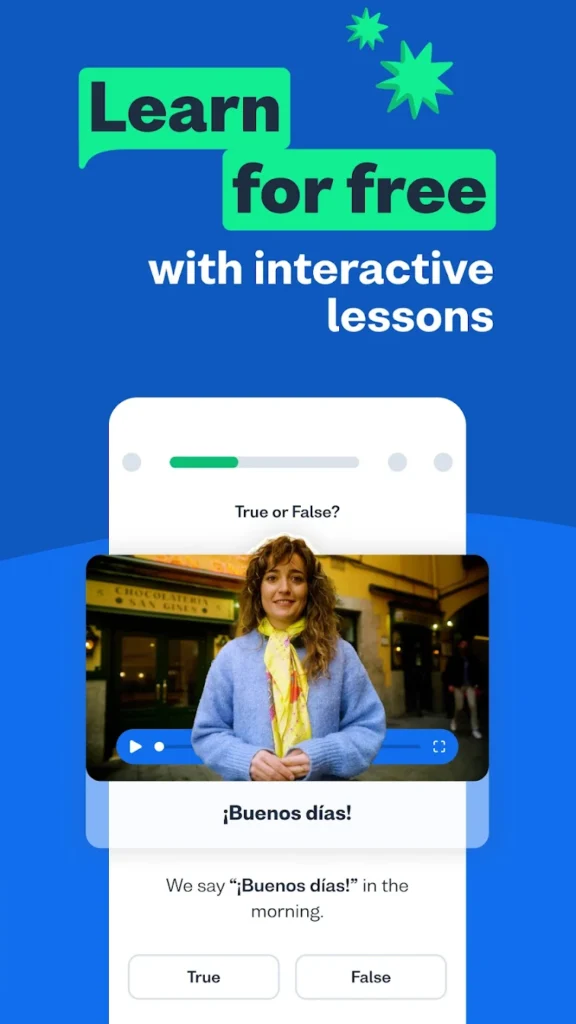
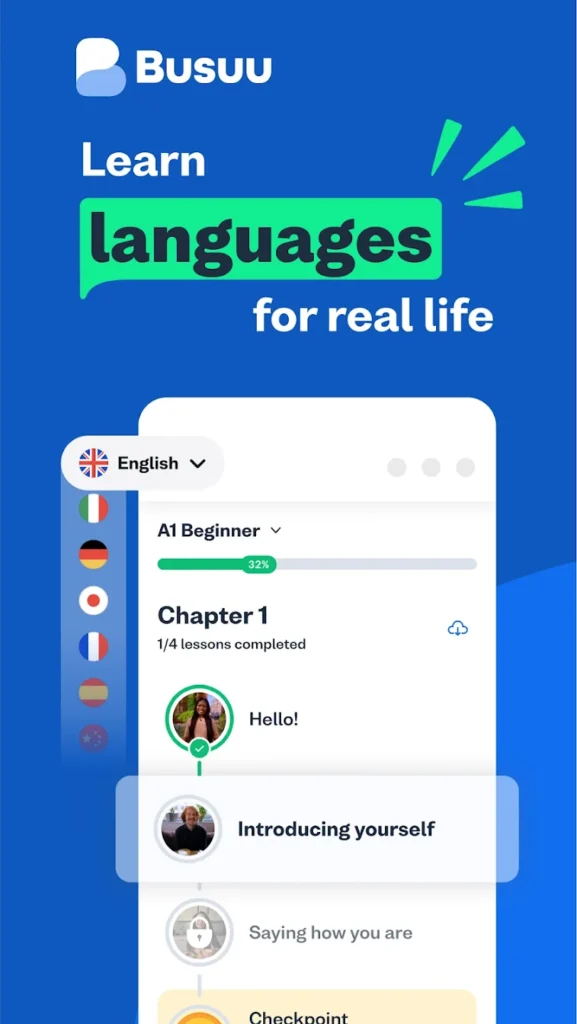
Key Highlights:
- Native speaker feedback and corrections
- Real-life vocabulary and dialogues
- Personalized study plans
Who it’s best for:
- Learners who want feedback from real people
- Users who thrive in social learning environments
- Anyone looking to track progress and set language goals
Contact Information:
- App store: apps.apple.com/us/app/busuu-language-learning
- Google Play: play.google.com/store/apps/details

19. Rosetta Stone
Rosetta Stone is one of the most established names in language education and uses an immersive, full-language approach. Instead of translating, you learn Korean the way you would a first language: through images, sound, and context. The platform introduces vocabulary and phrases with interactive activities and uses TruAccent, a speech recognition engine, to help perfect your pronunciation.
Though less focused on grammar explanations, Rosetta Stone excels in long-term comprehension and fluency building. It’s ideal for those who want to develop intuitive language skills and don’t mind a more immersive, less guided approach. Lessons are progressive, and the app allows both online and offline access for flexibility.
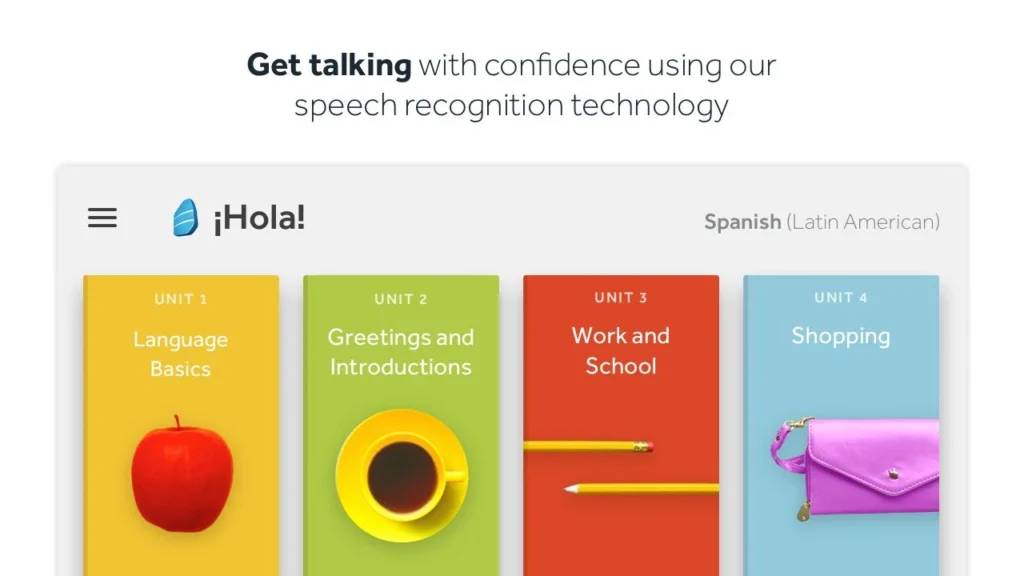
Key Highlights:
- Immersive learning with no translations
- TruAccent speech recognition
- Long-term fluency-building system
Who it’s best for:
- Learners who want to “think in Korean” over time
- Users focused on pronunciation and listening
- Those with long-term language goals
Contact Information:
- Website: www.rosettastone.com
- App store: apps.apple.com/us/app/rosetta-stone-learn-languages
- Google Play: play.google.com/store/apps/details
- Instagram: www.instagram.com/rosettastone
- Twitter: x.com/rosettastone
- Facebook: www.facebook.com/RosettaStone
Conclusion
Choosing the best app to learn Korean depends on your goals, experience, and preferred learning approach. Whether you’re a complete beginner or already have some knowledge, today’s mobile apps offer a flexible and effective way to master Korean. Try a few and see which one helps you progress the fastest.

Leave a Reply
You must be logged in to post a comment.